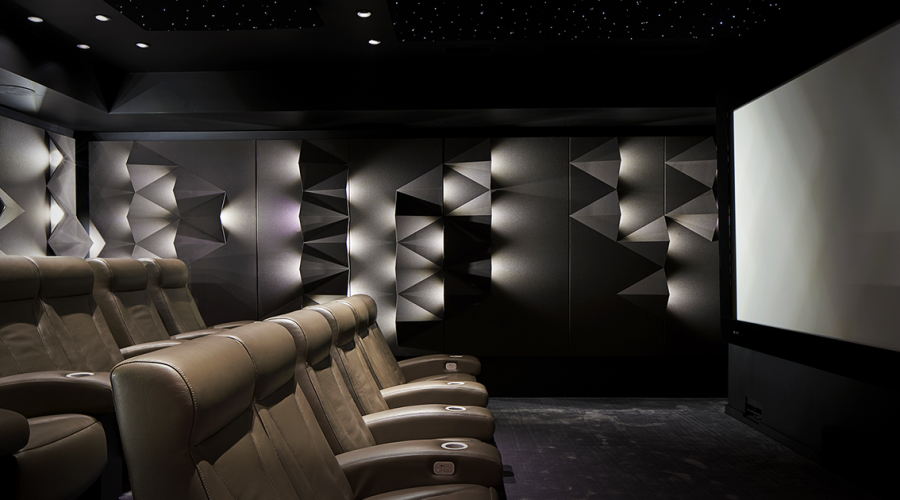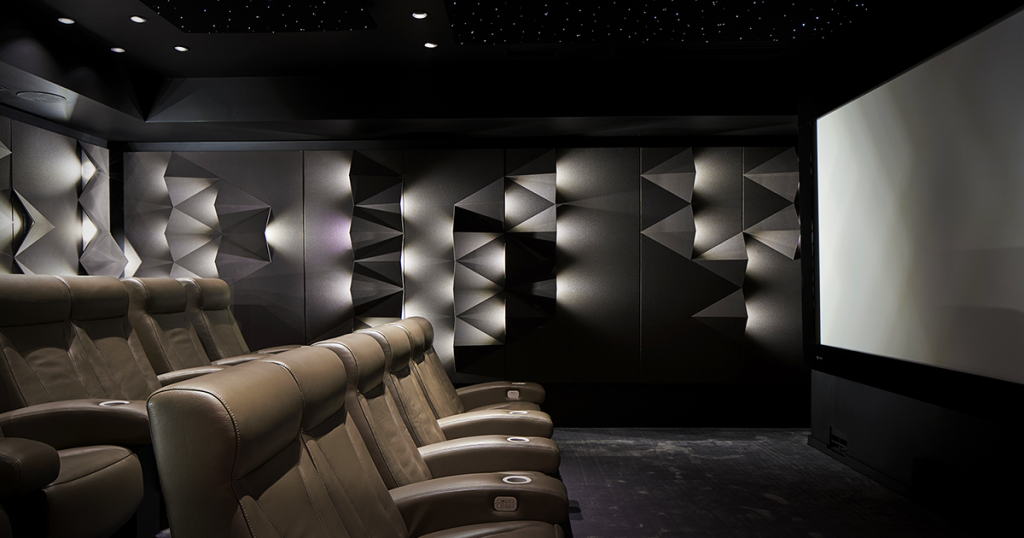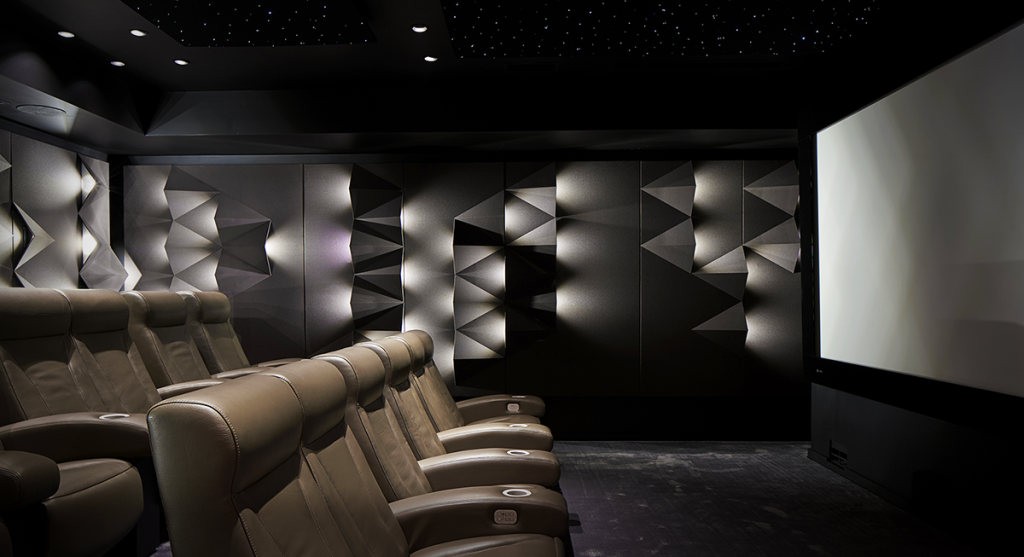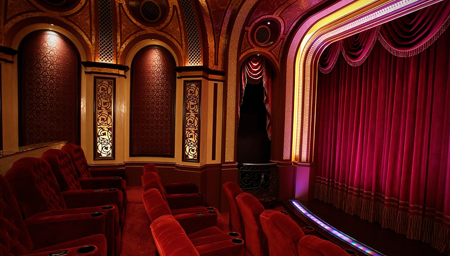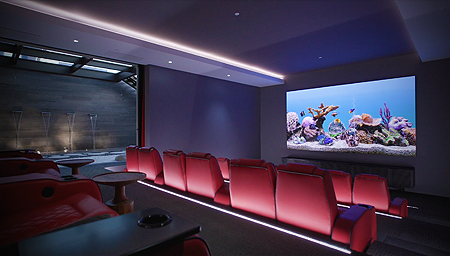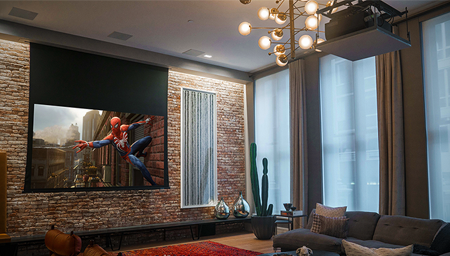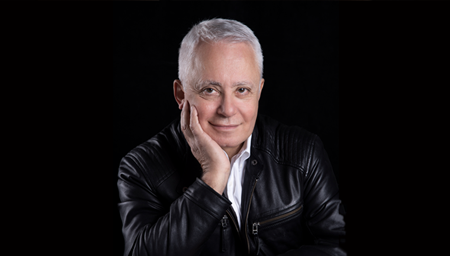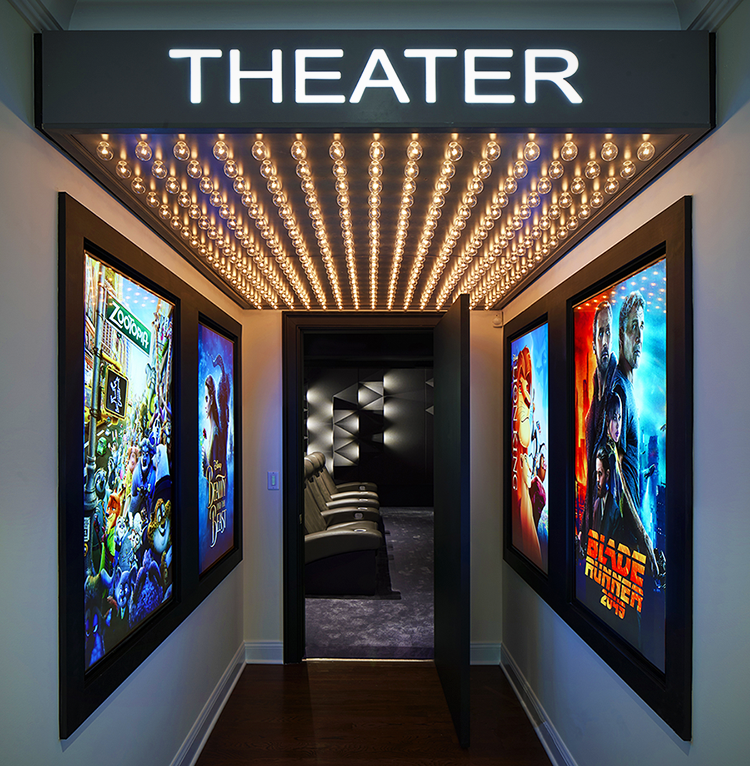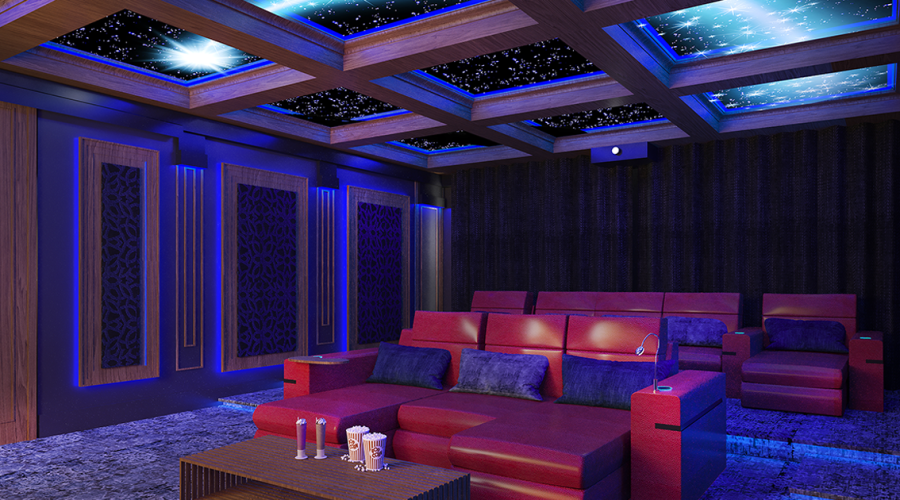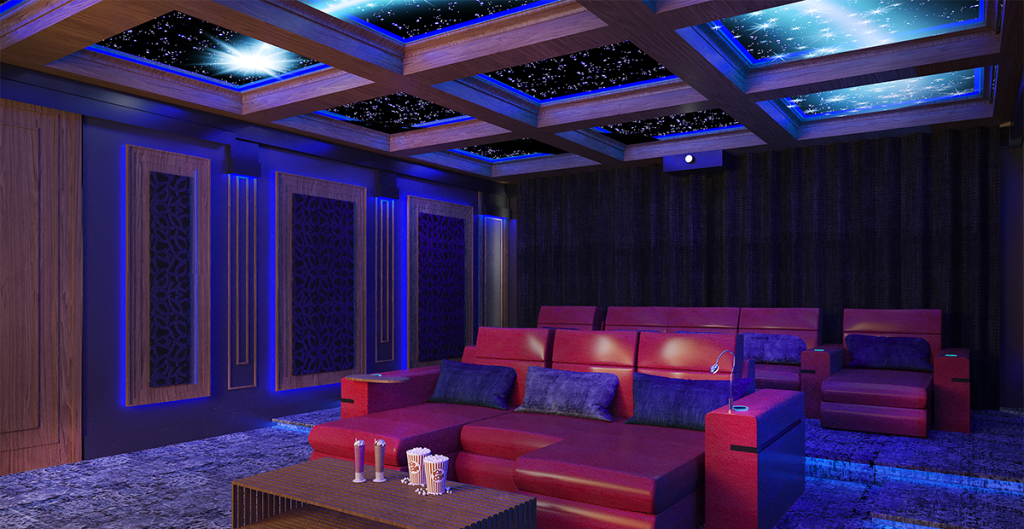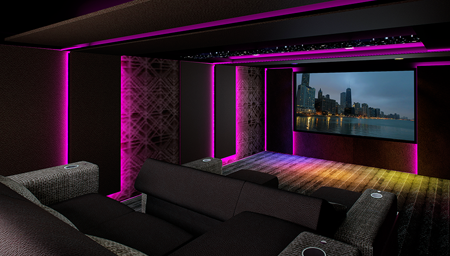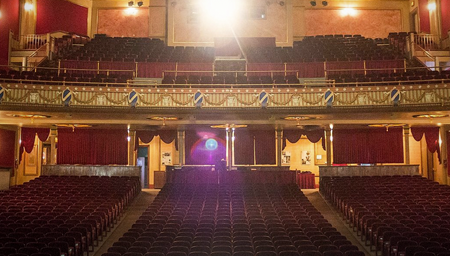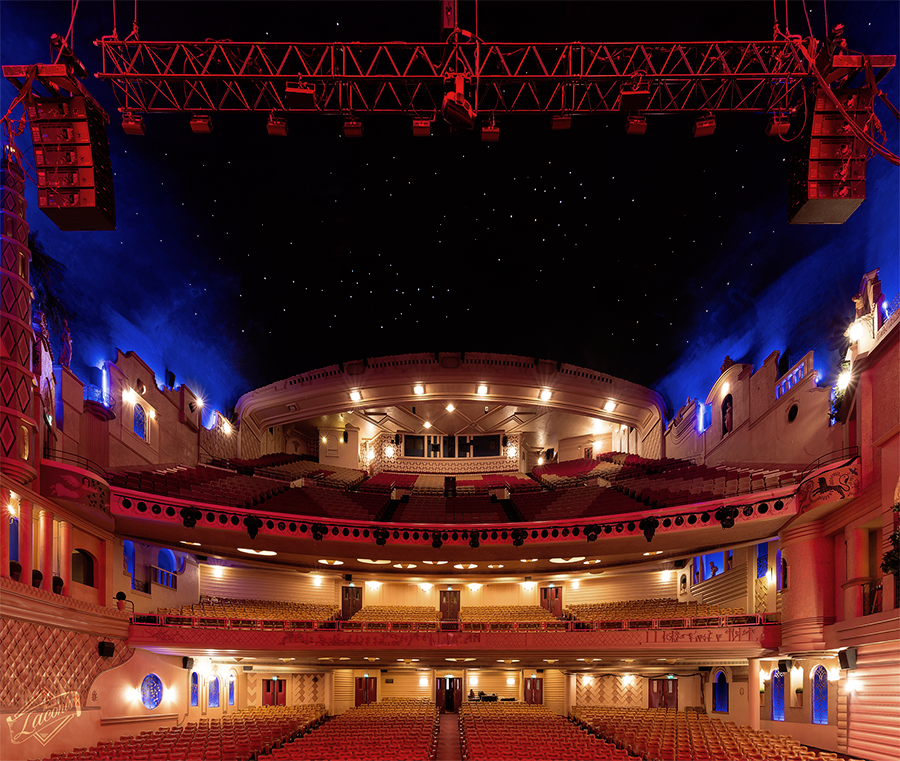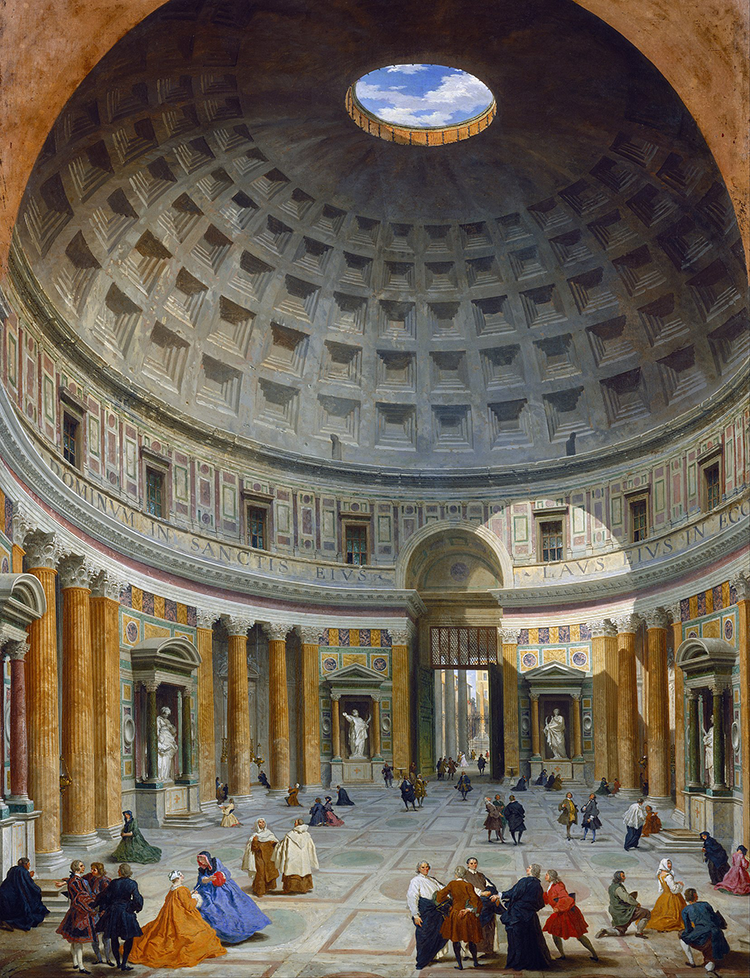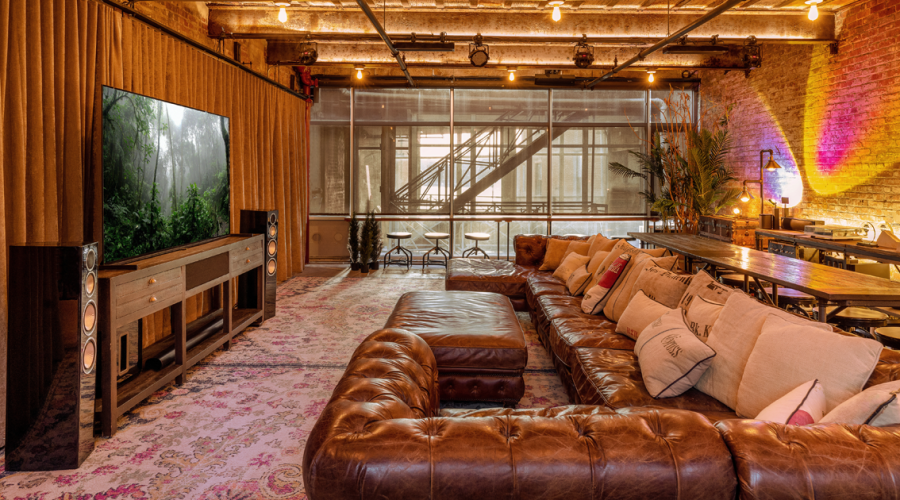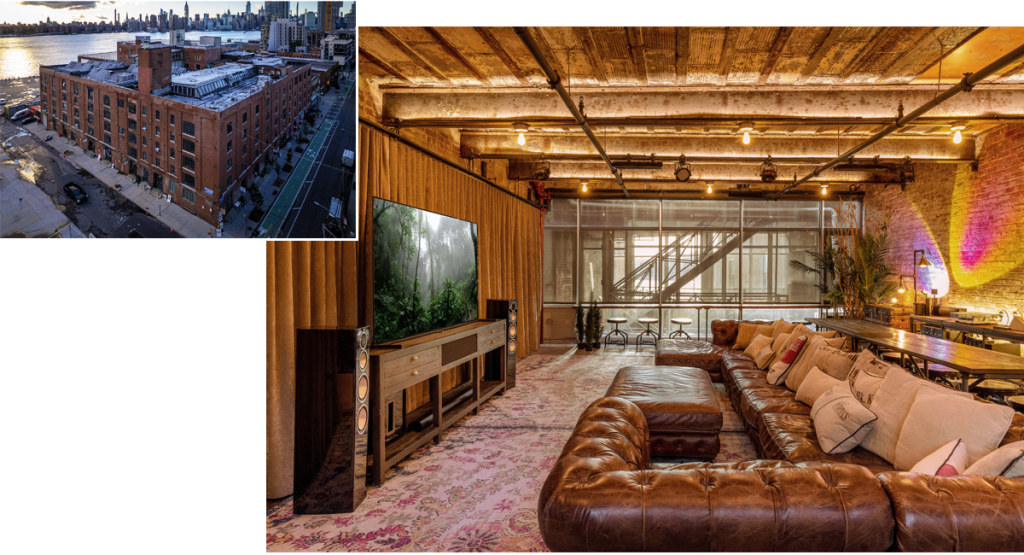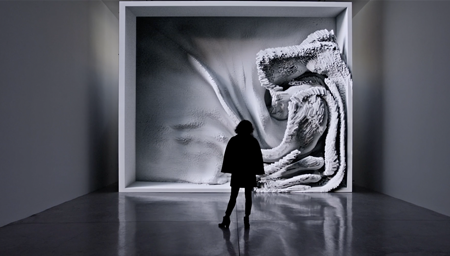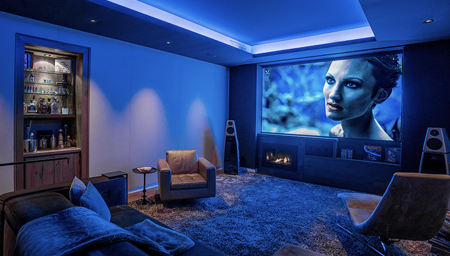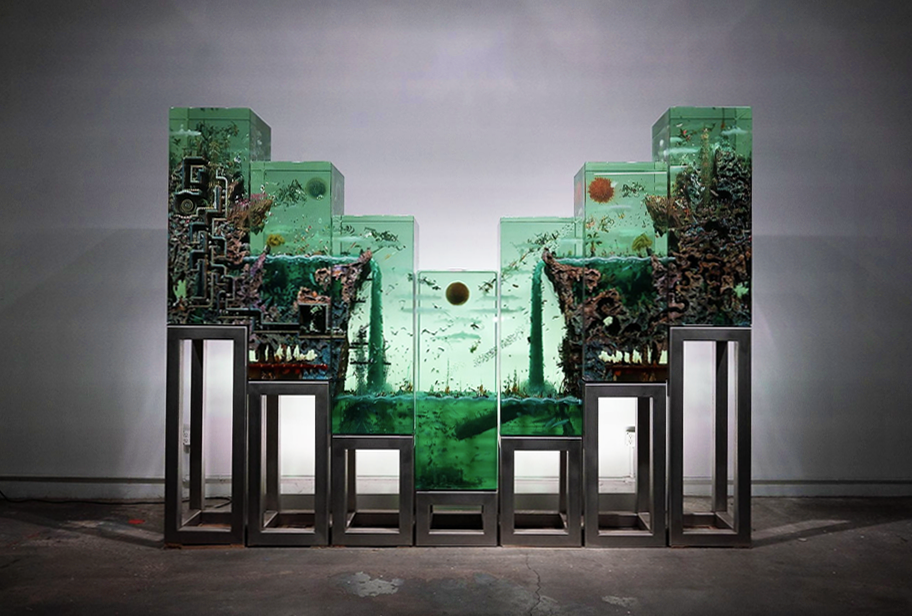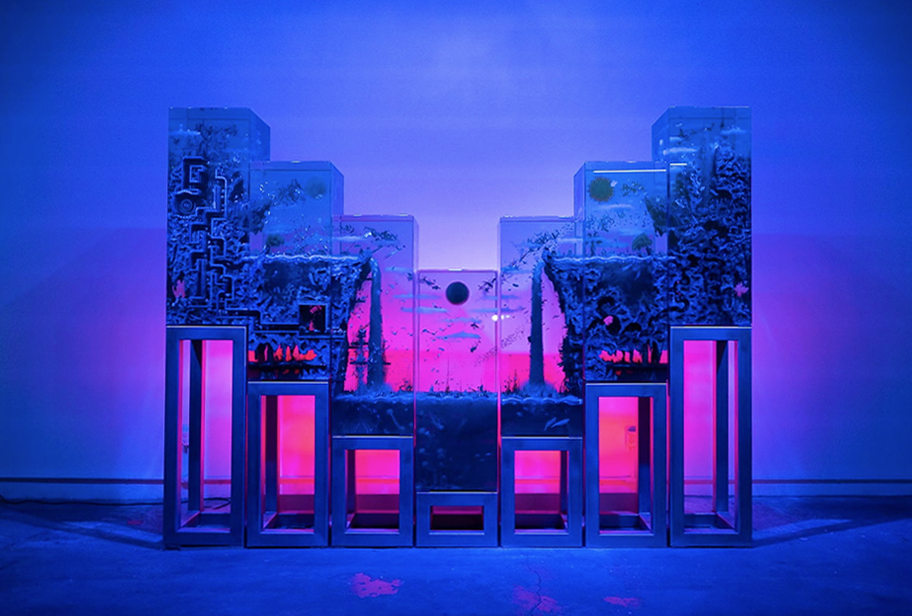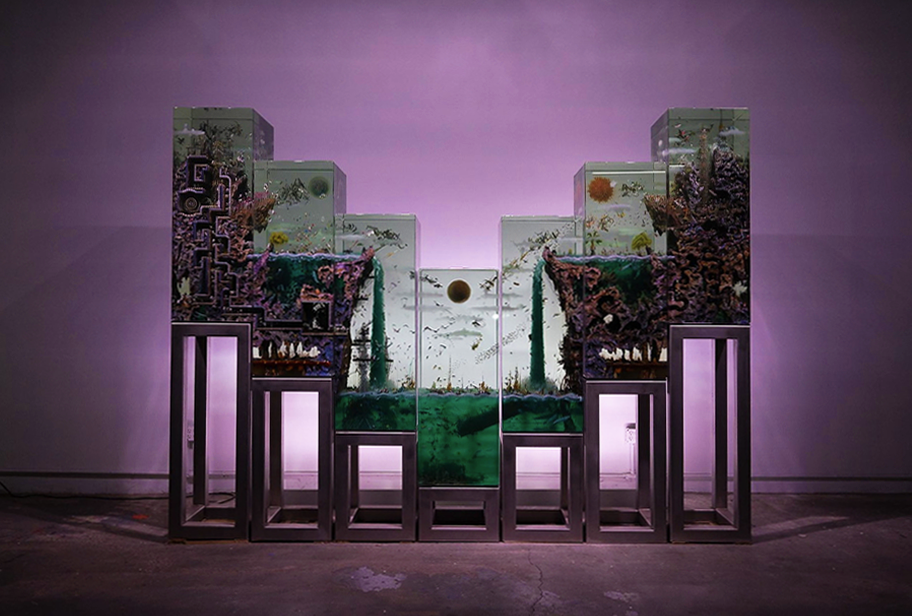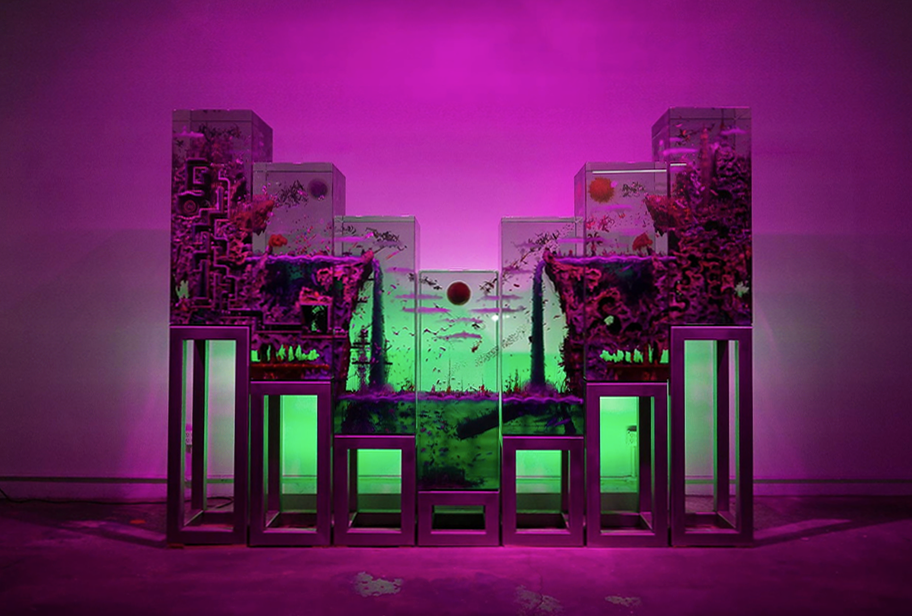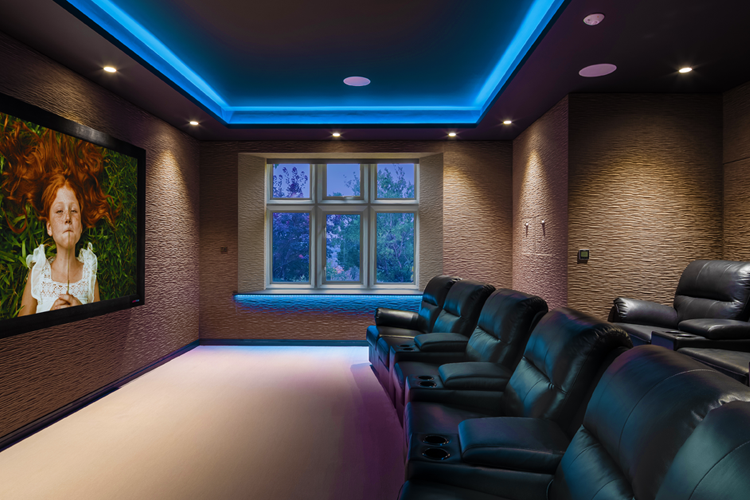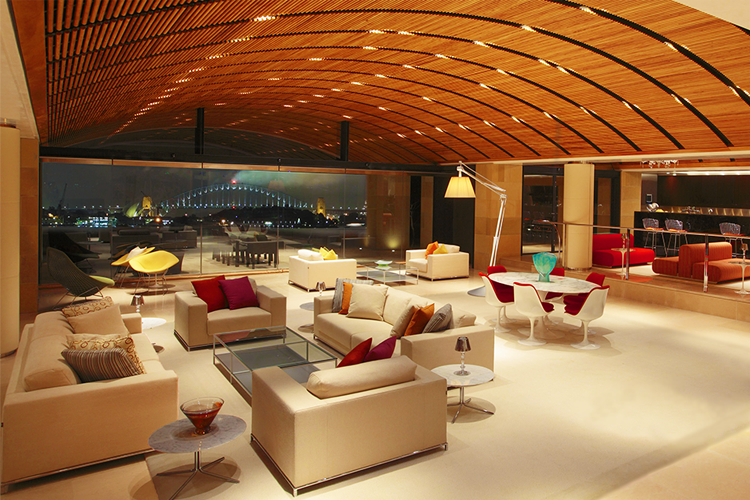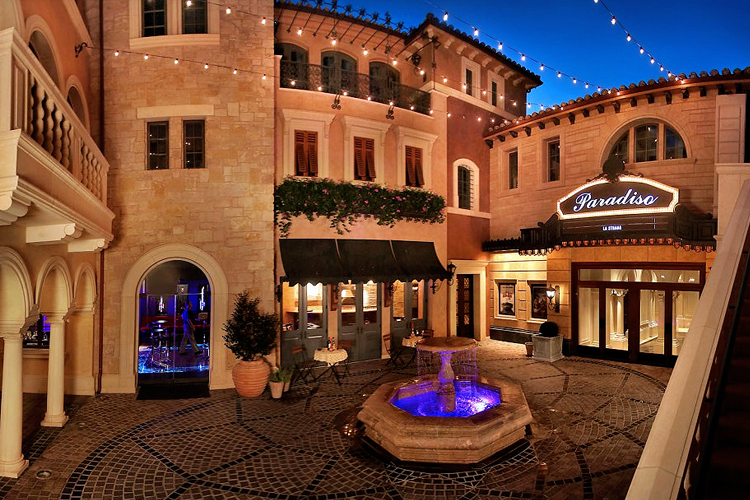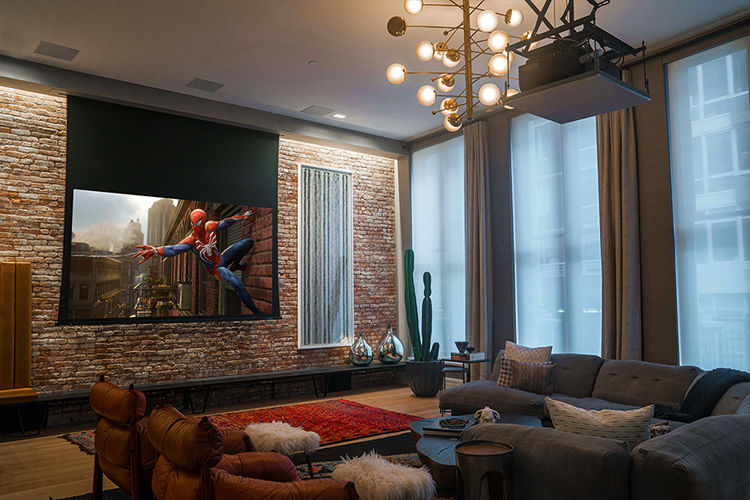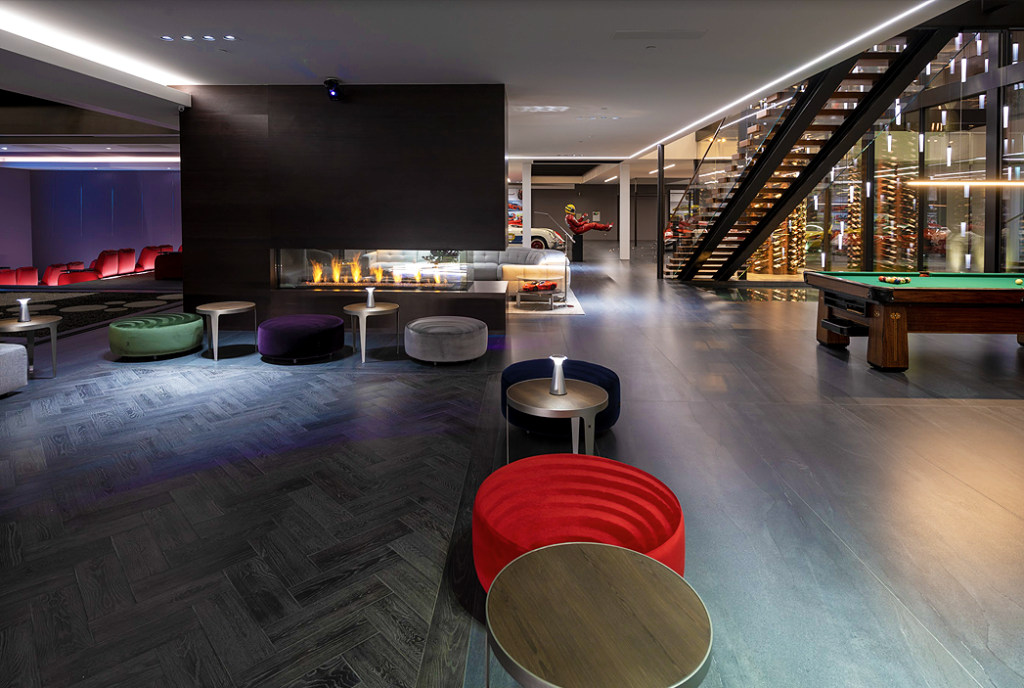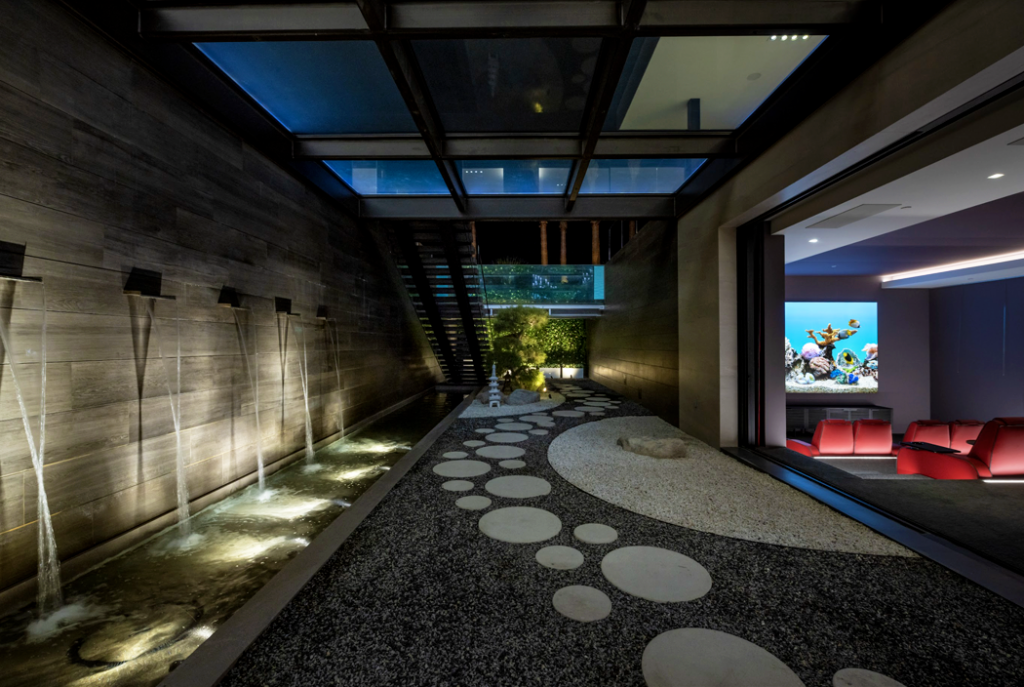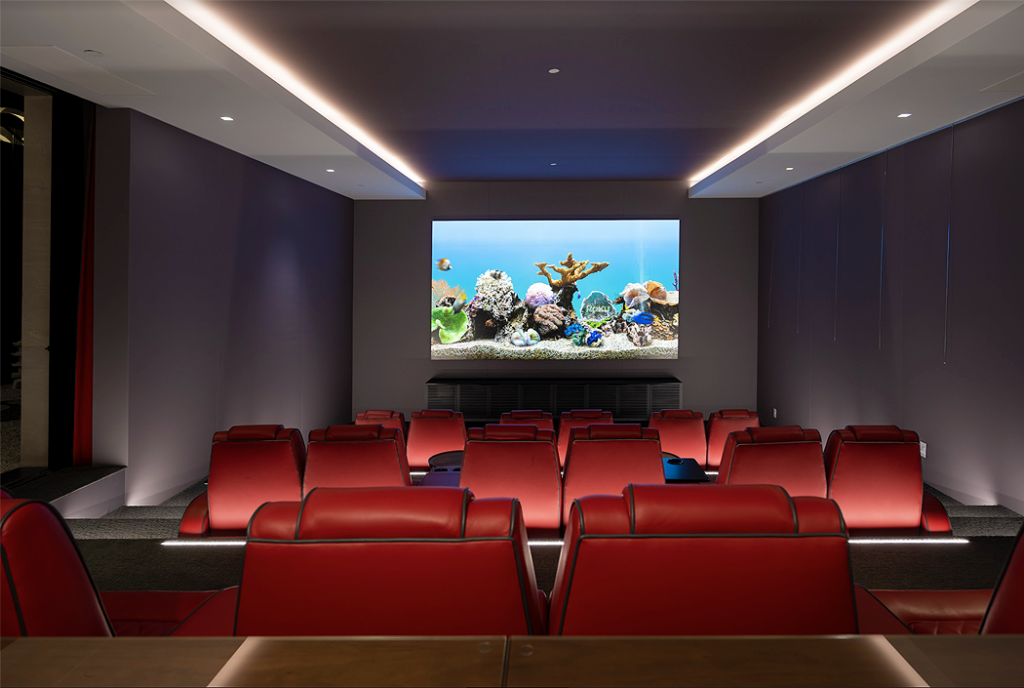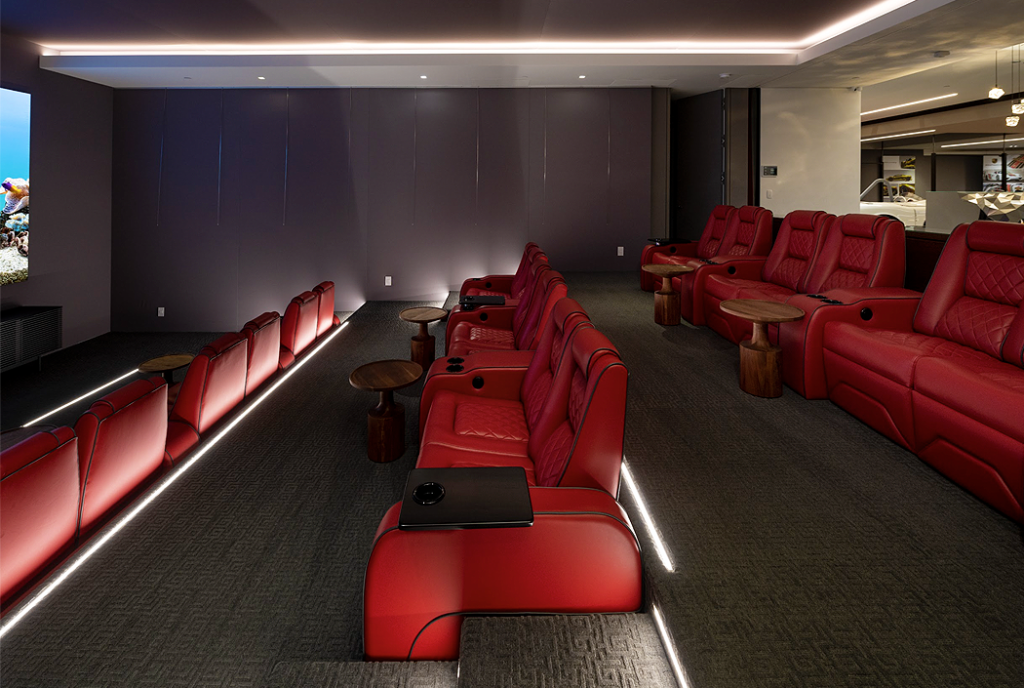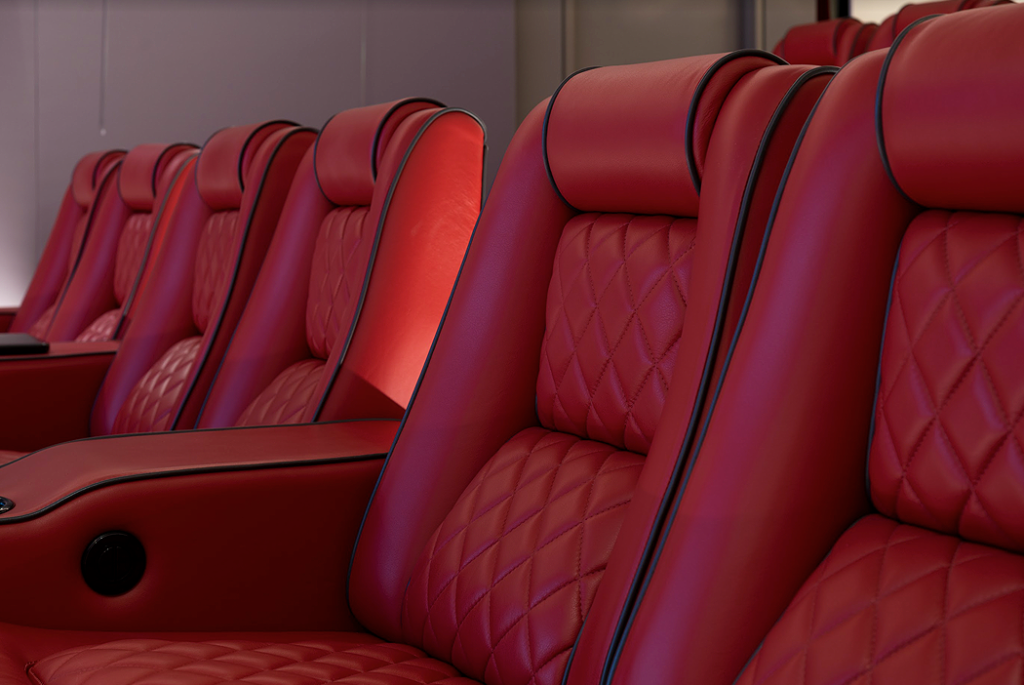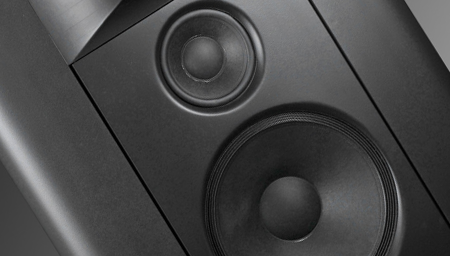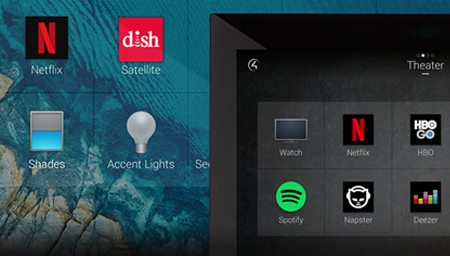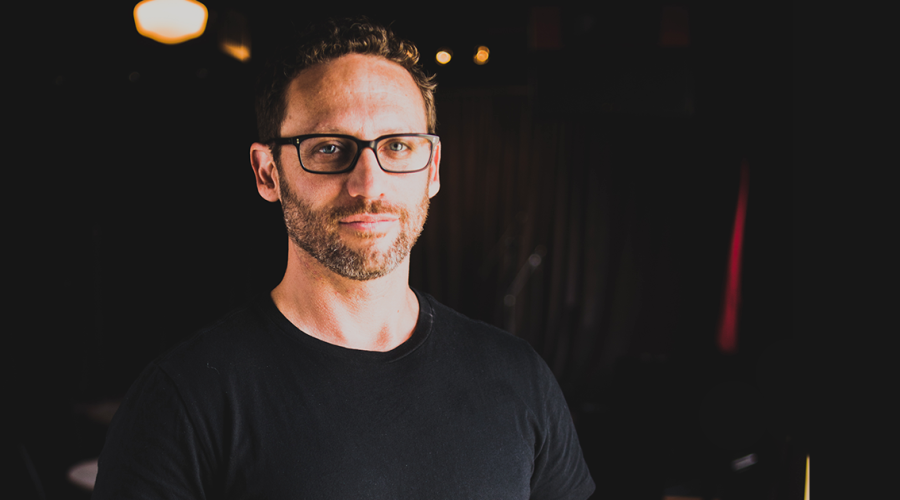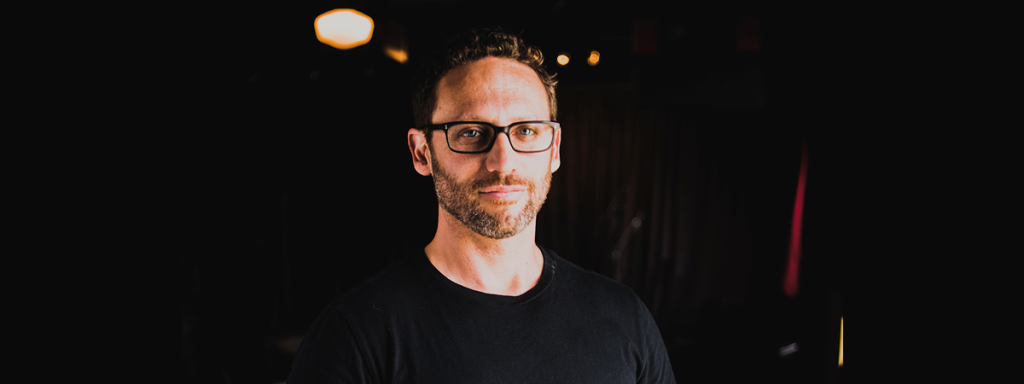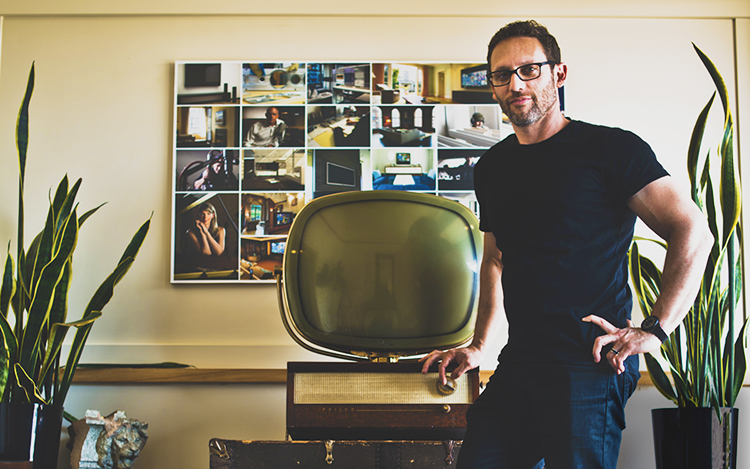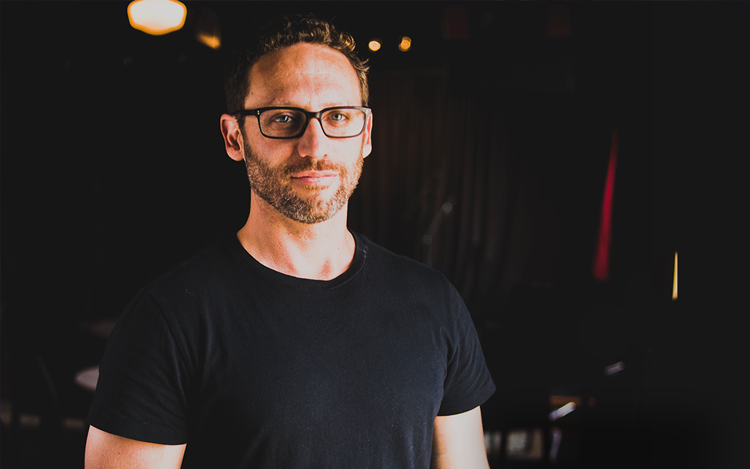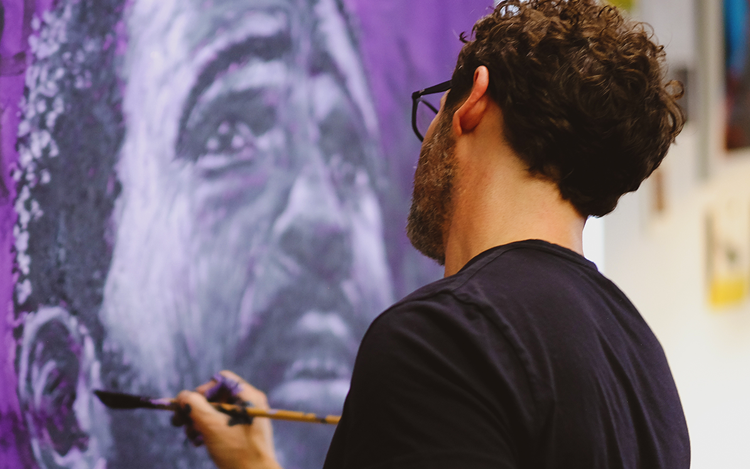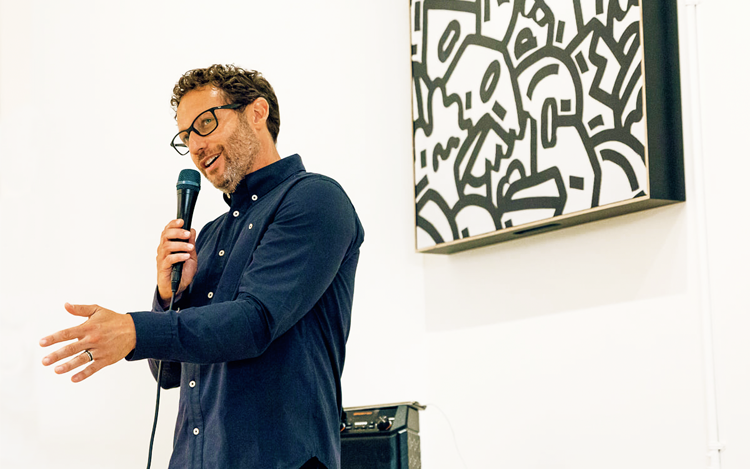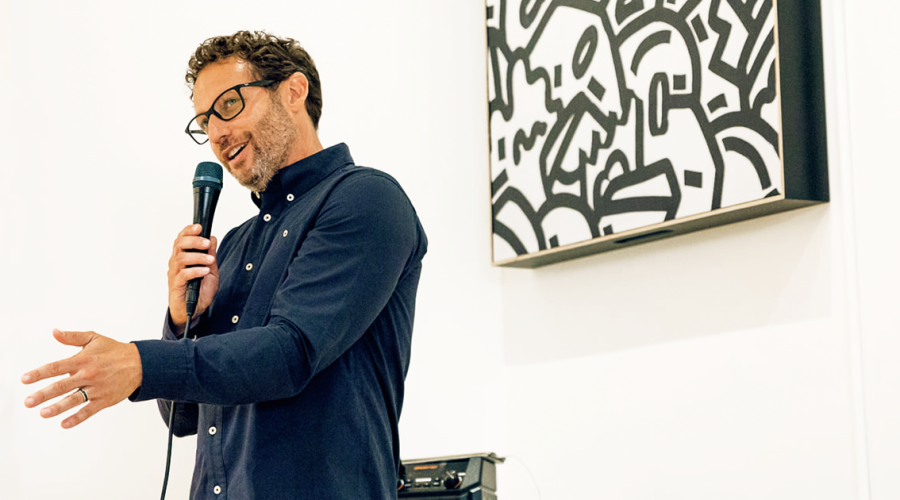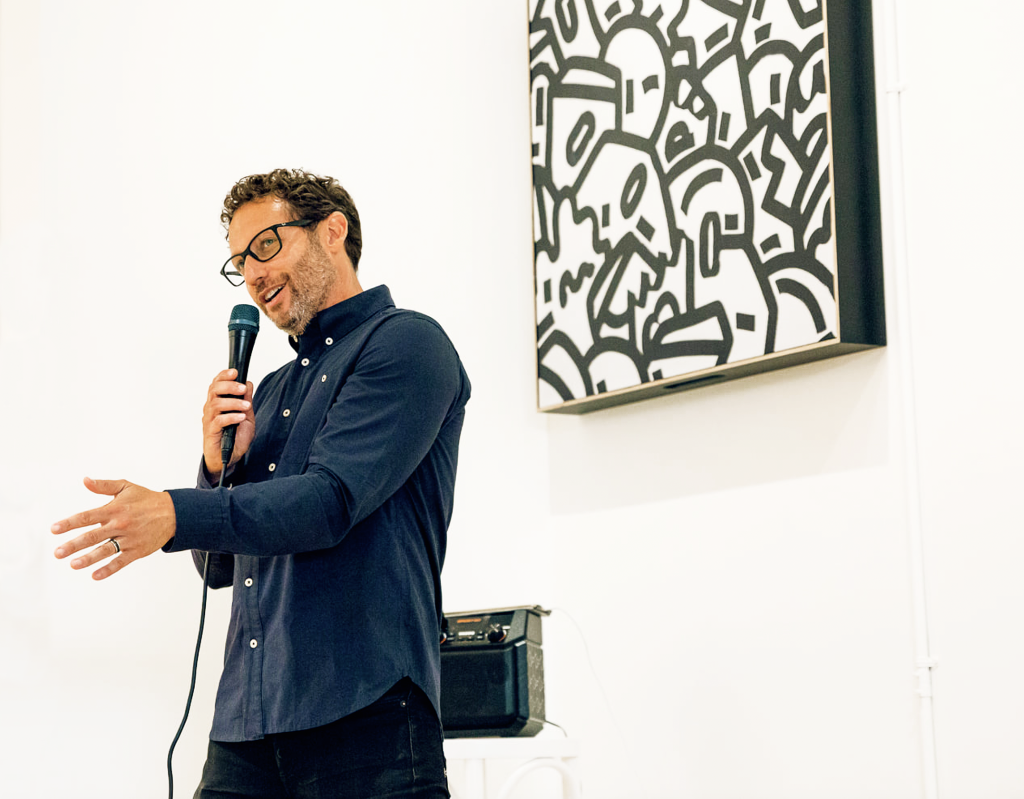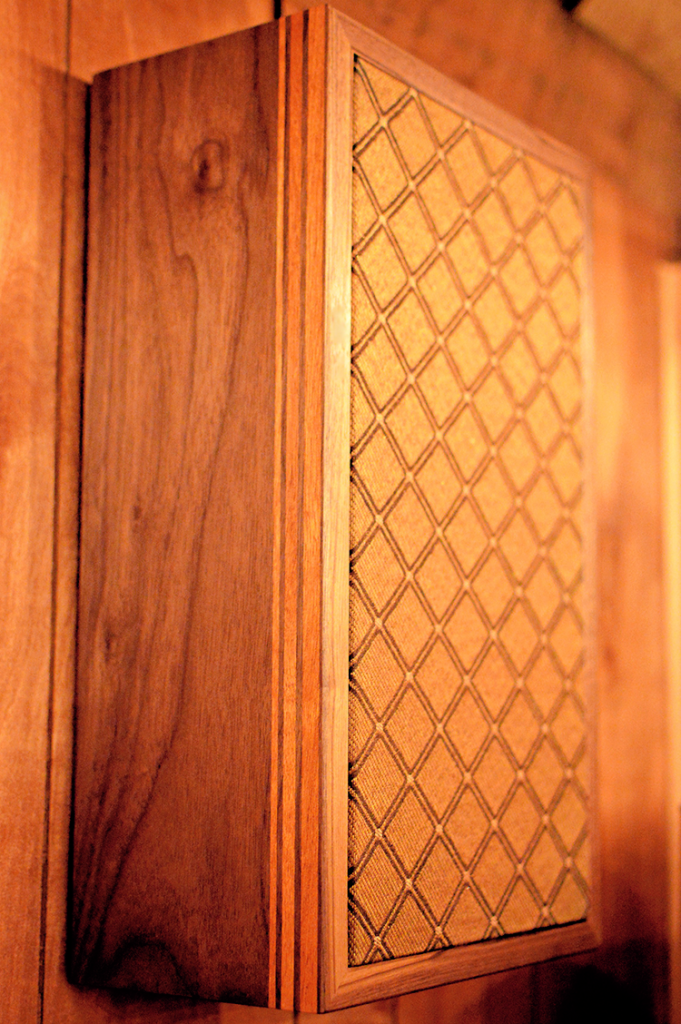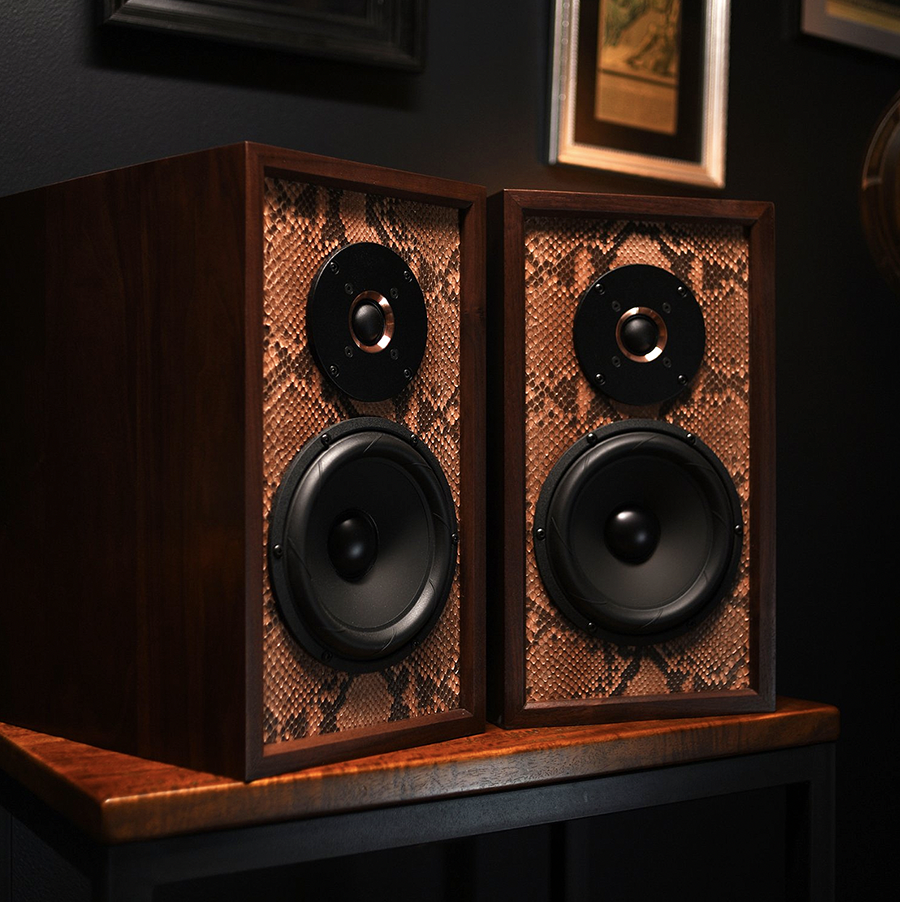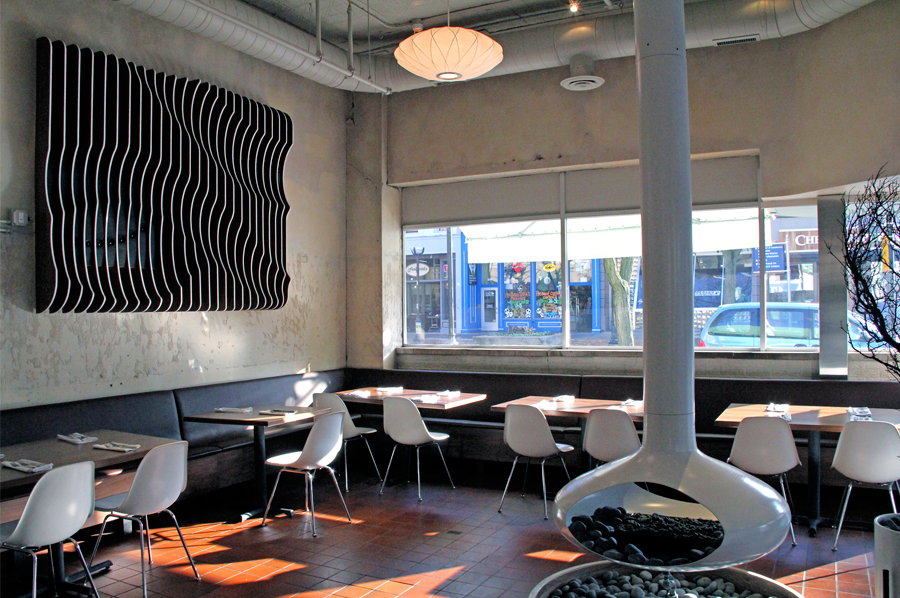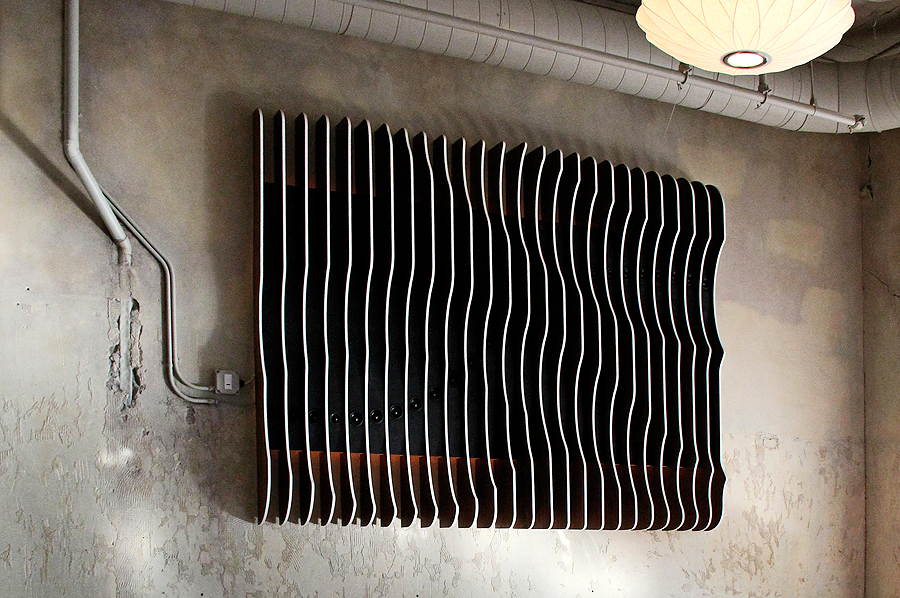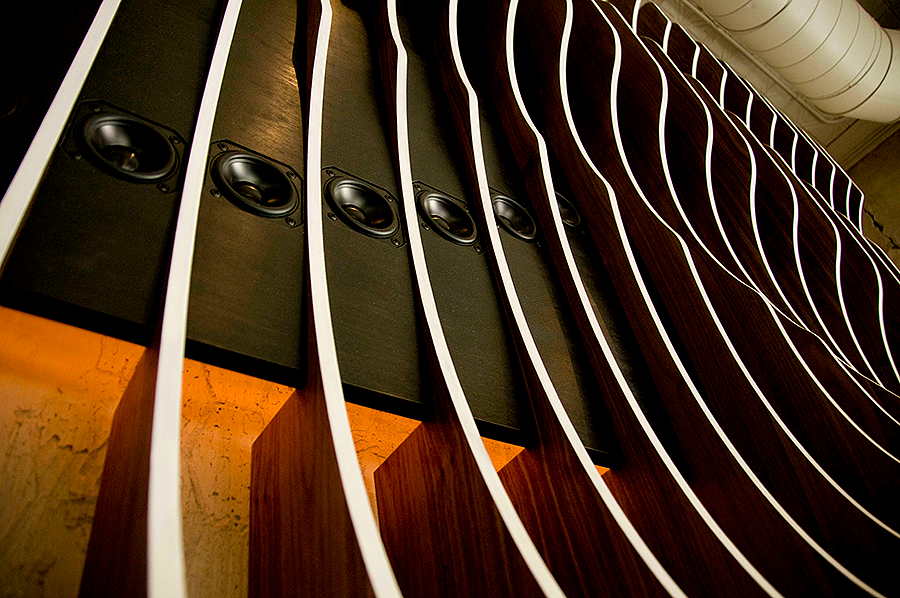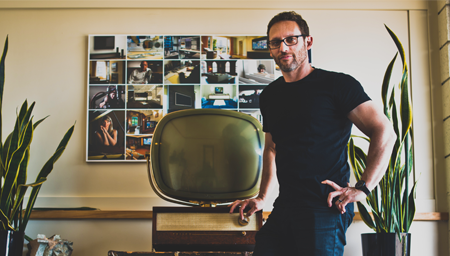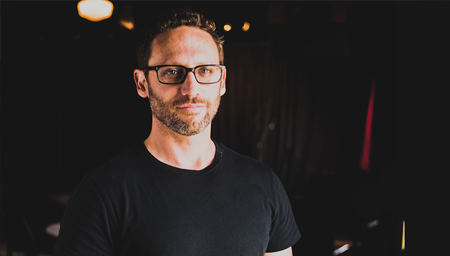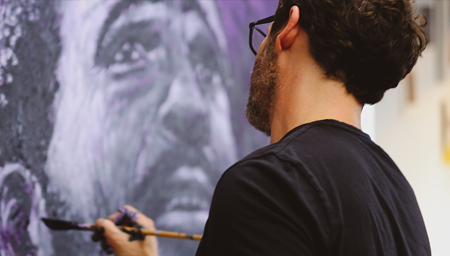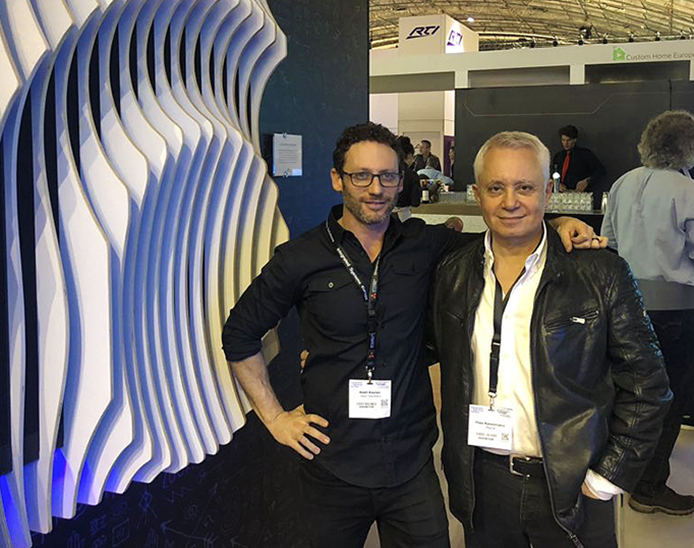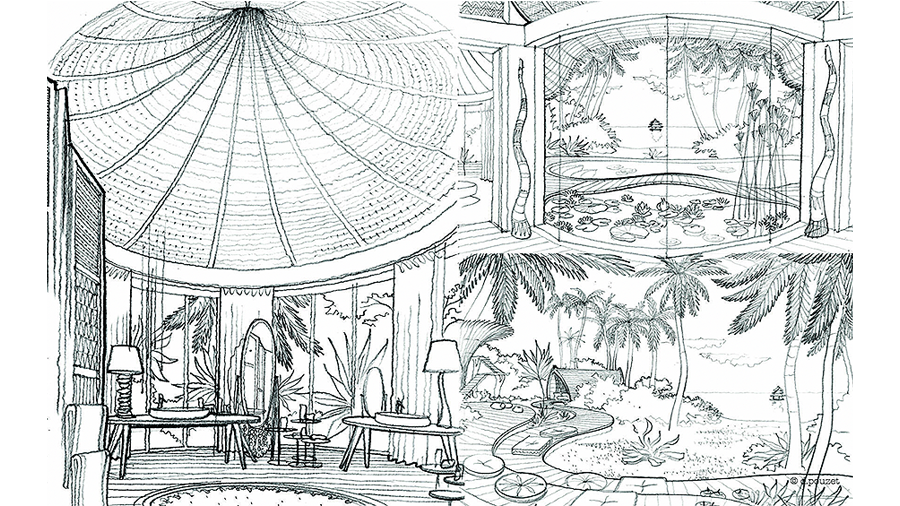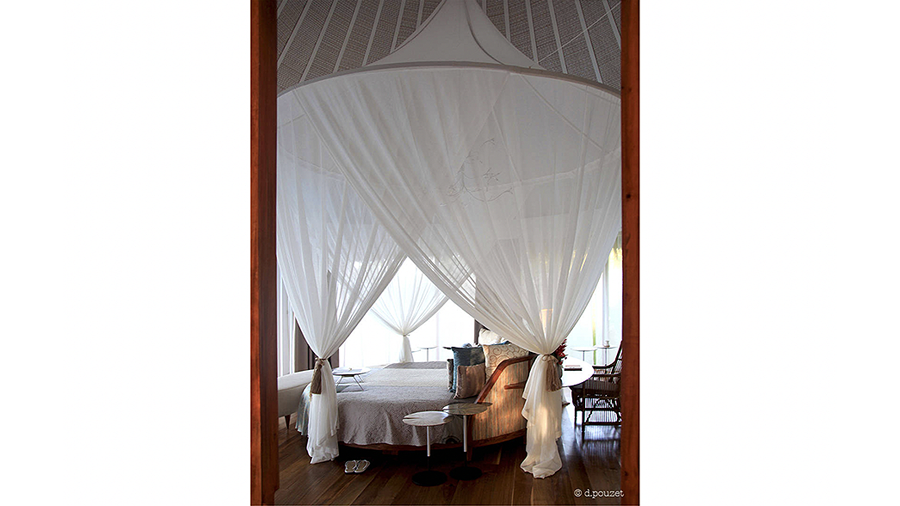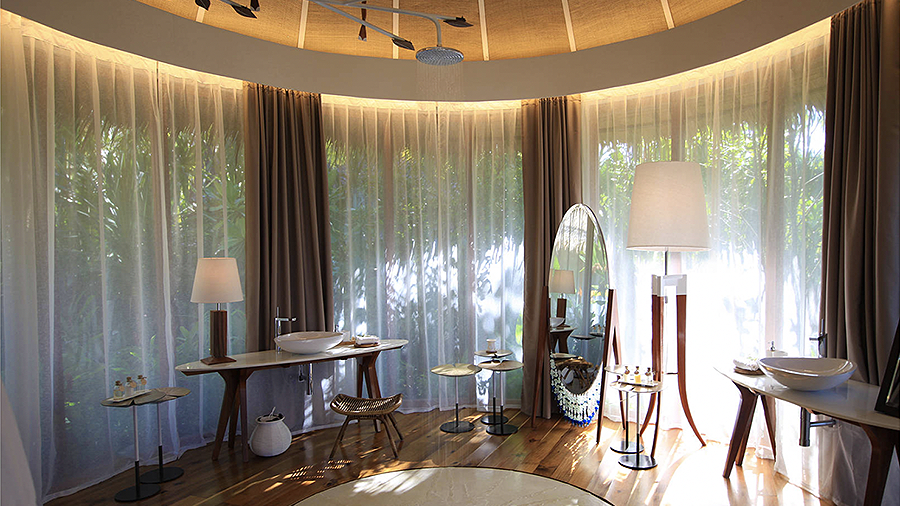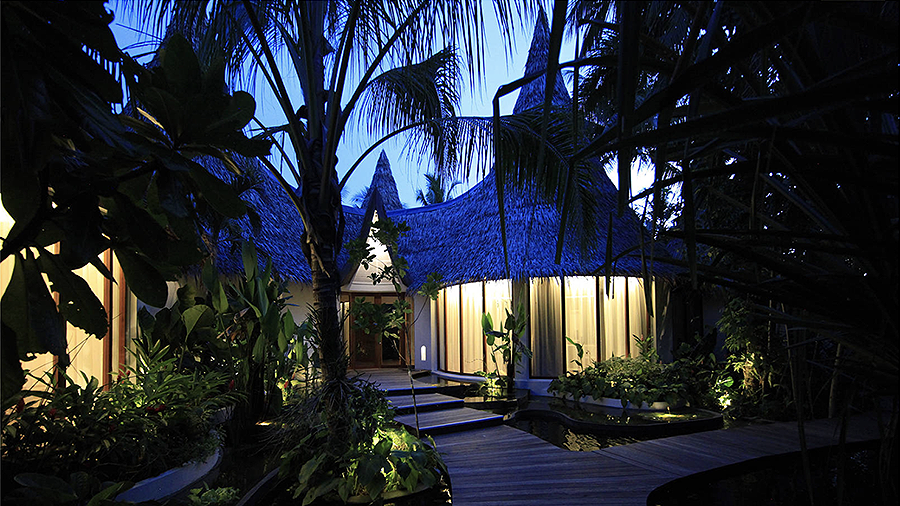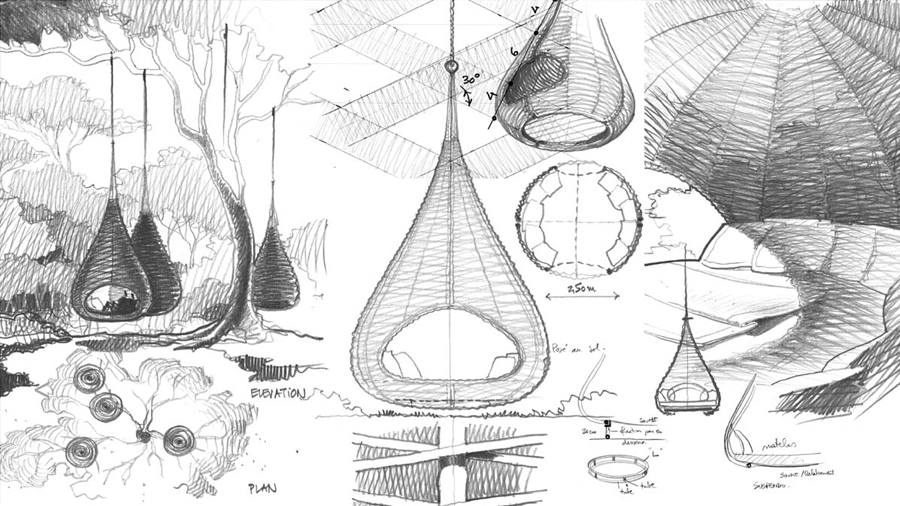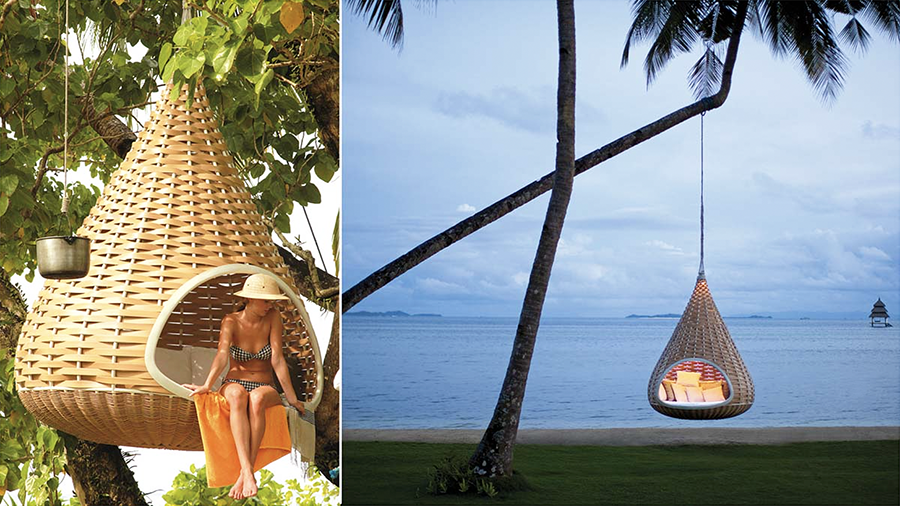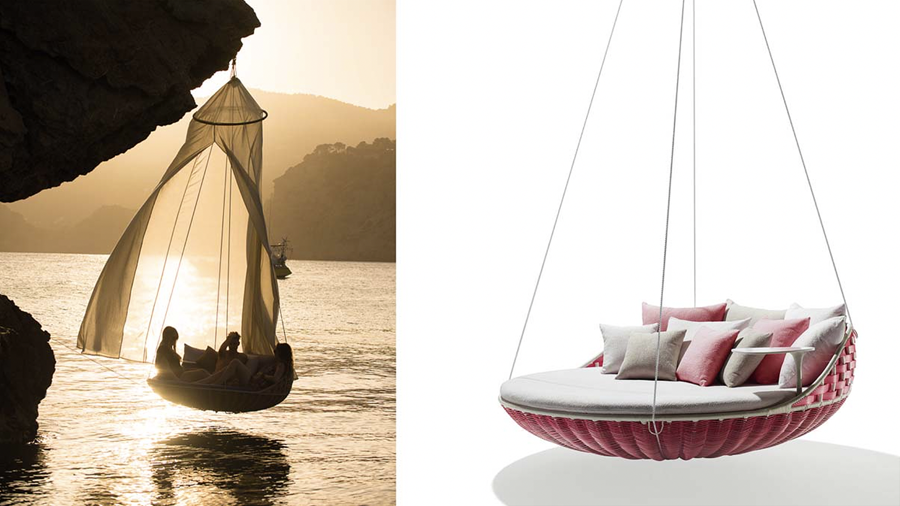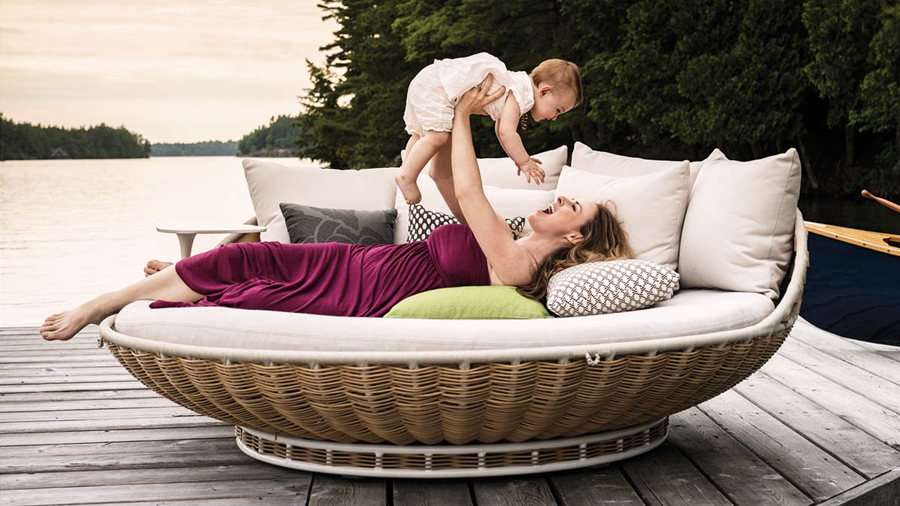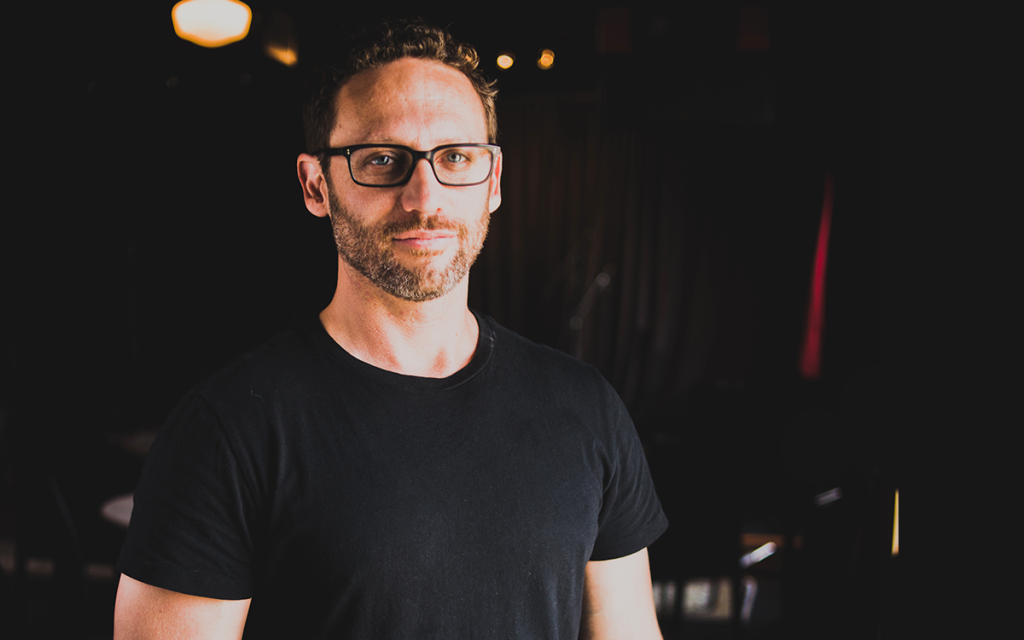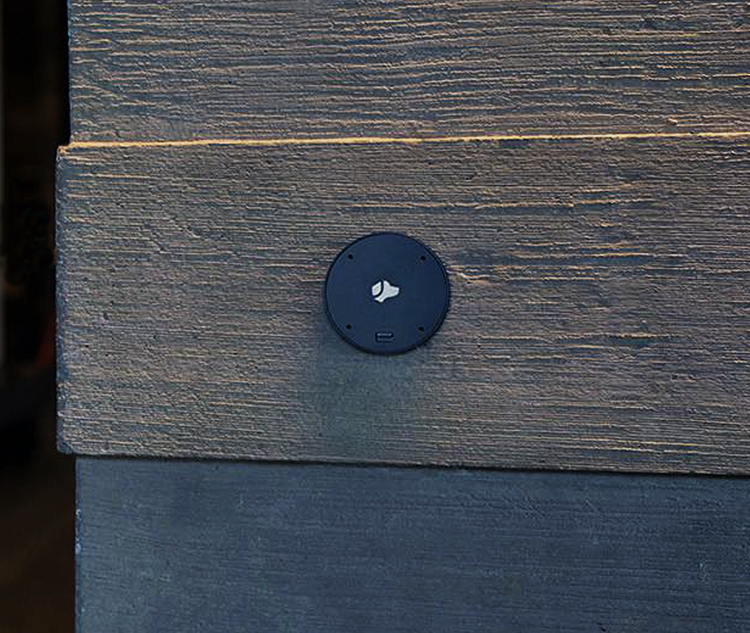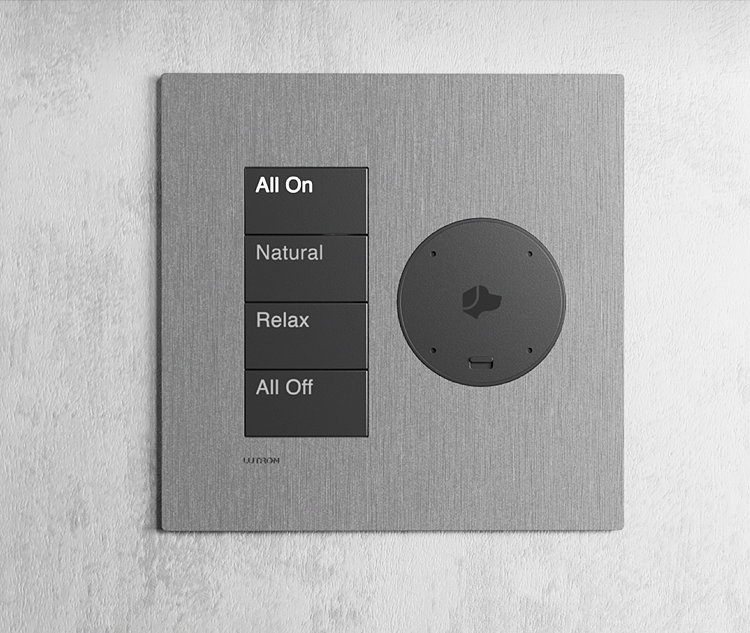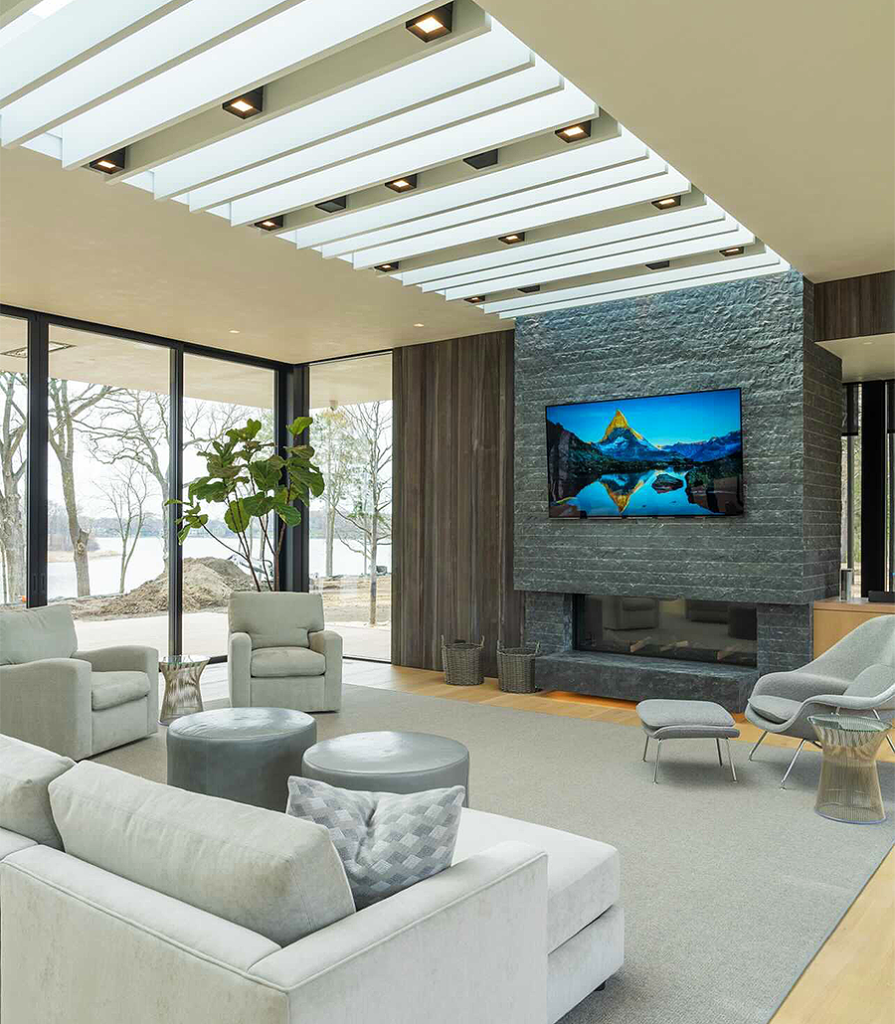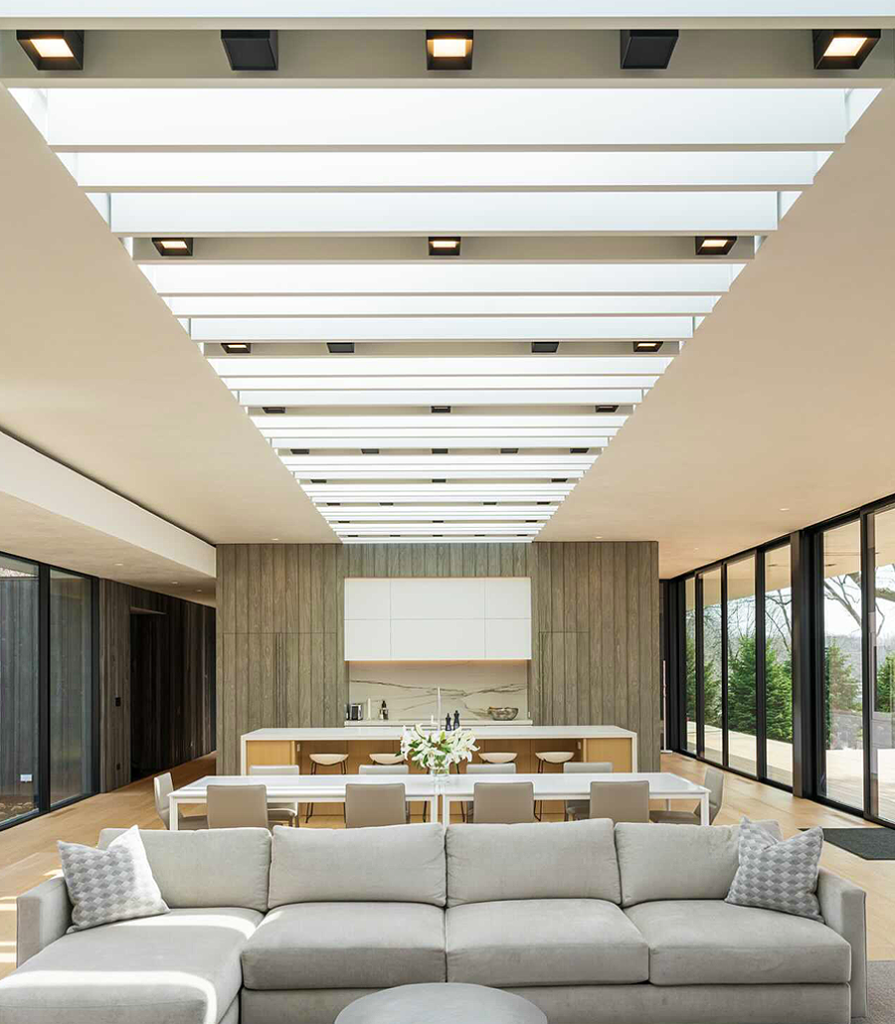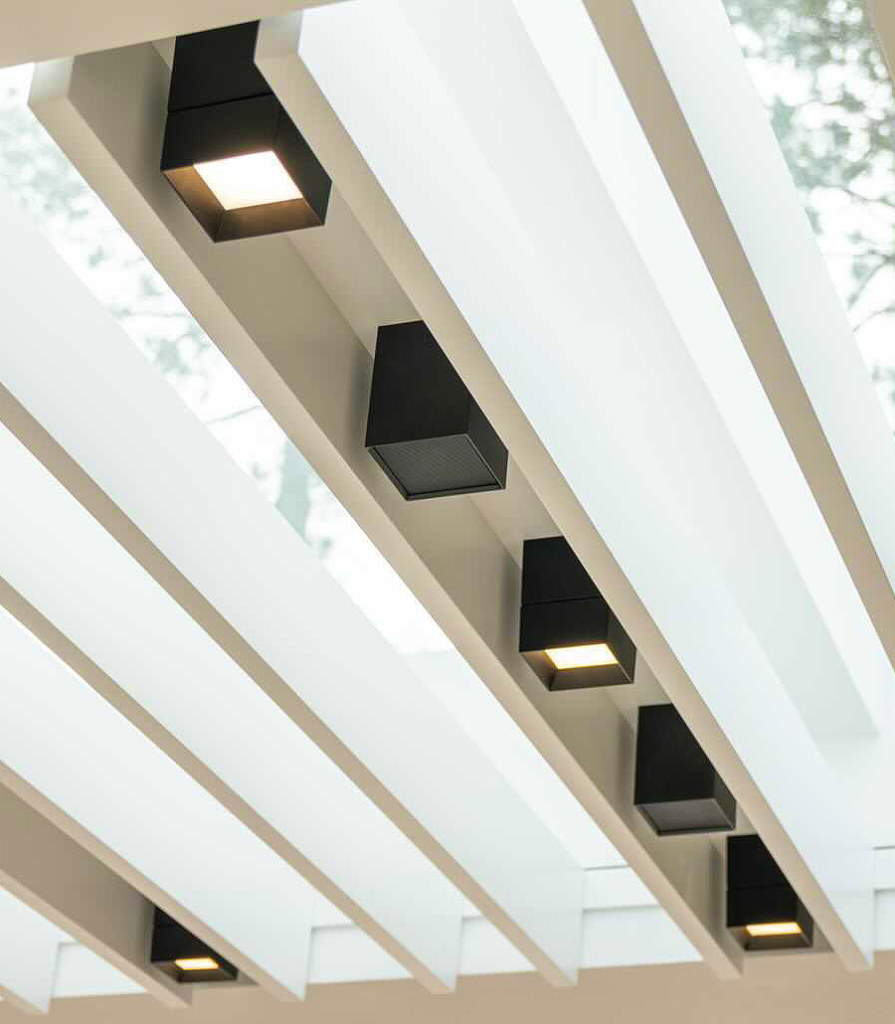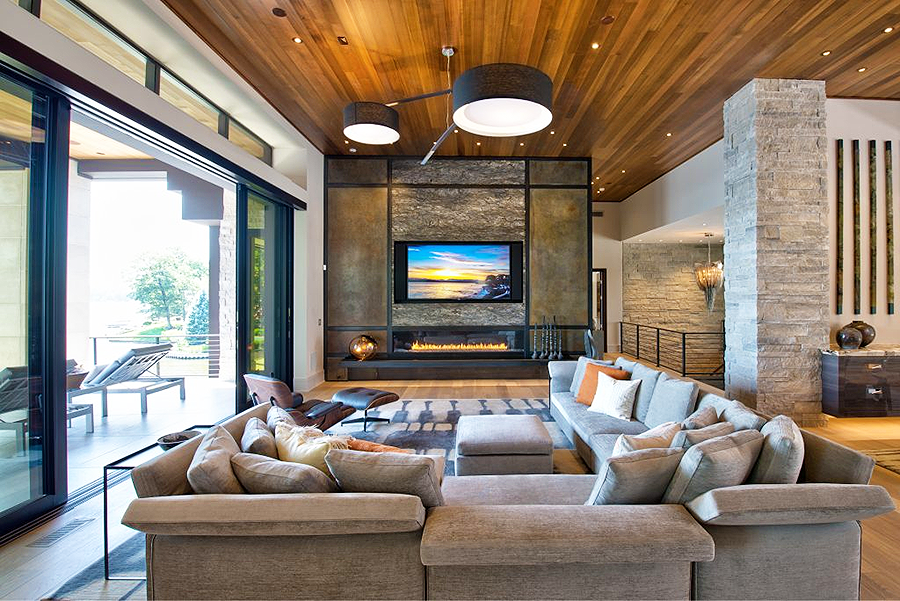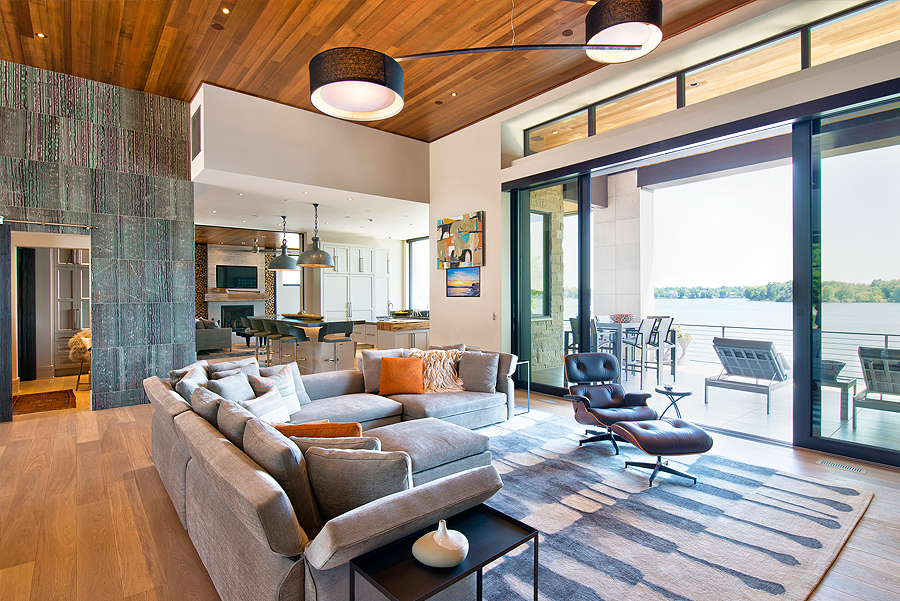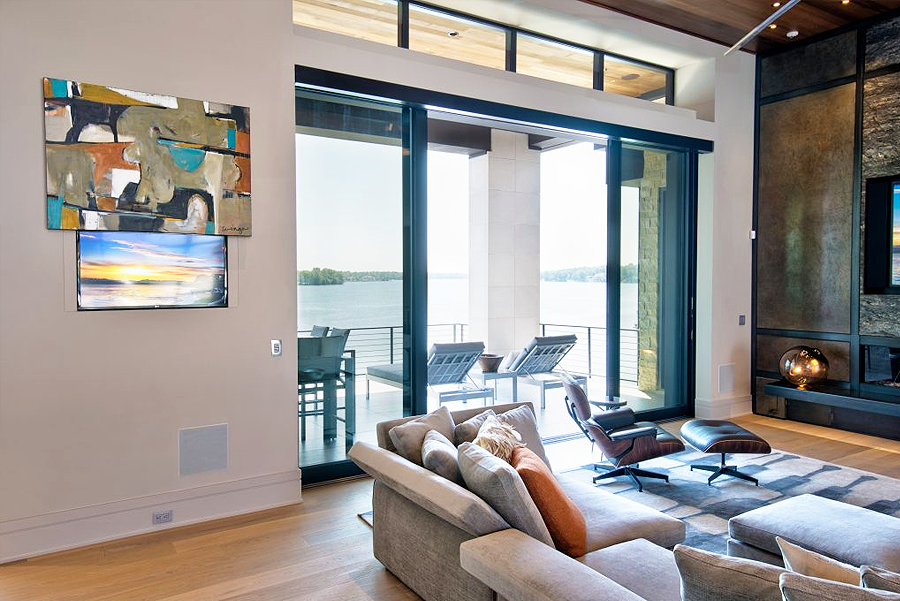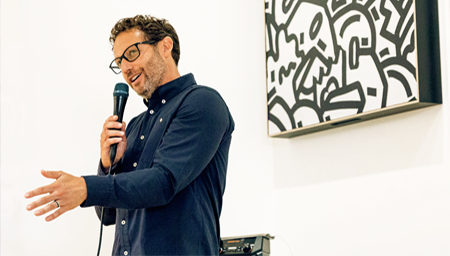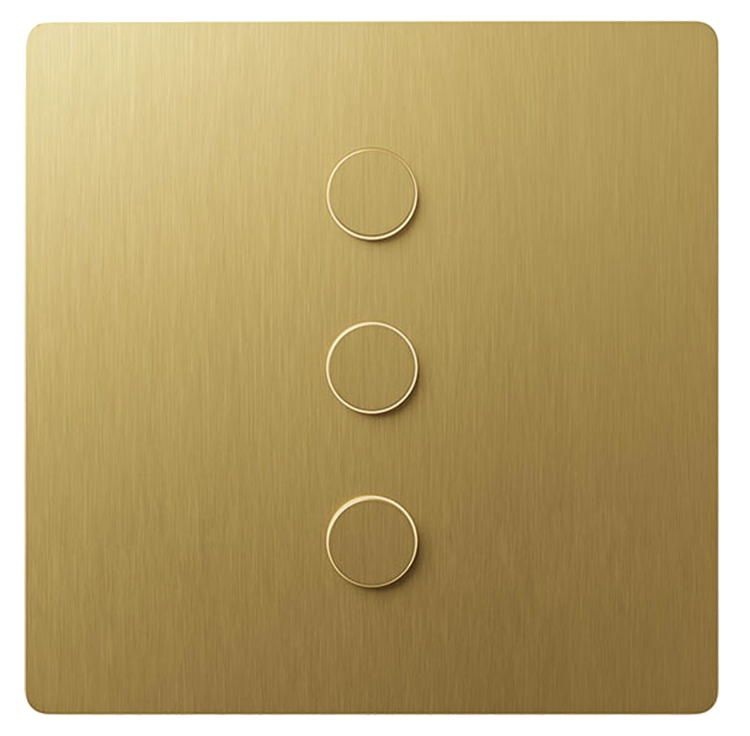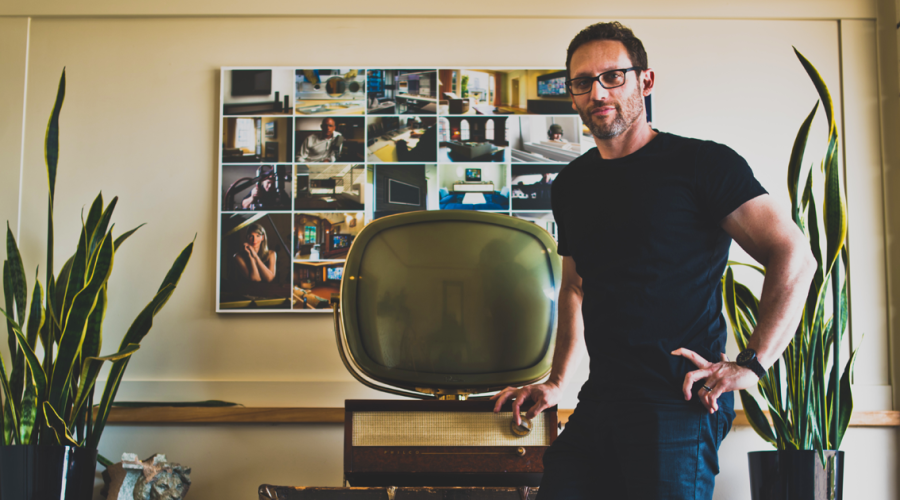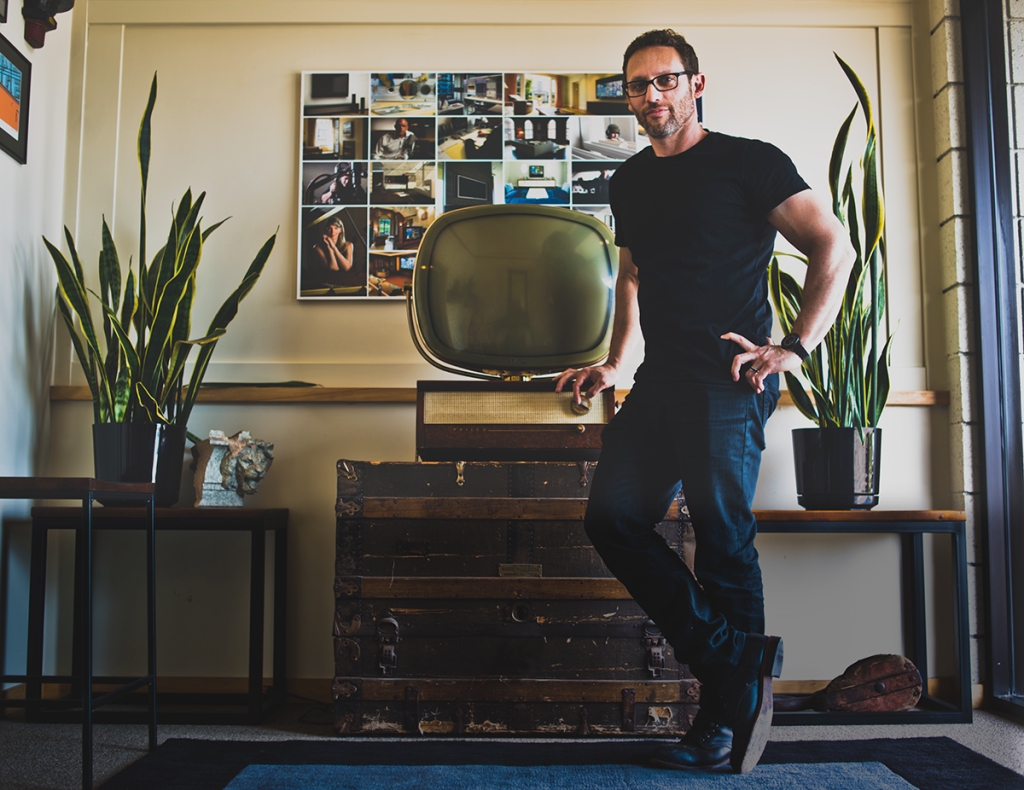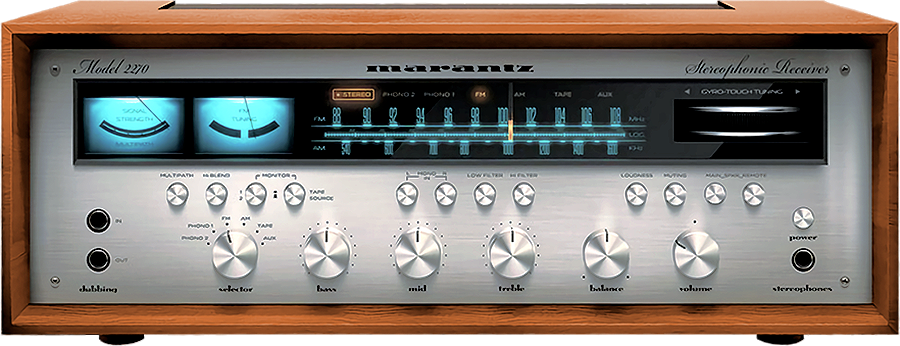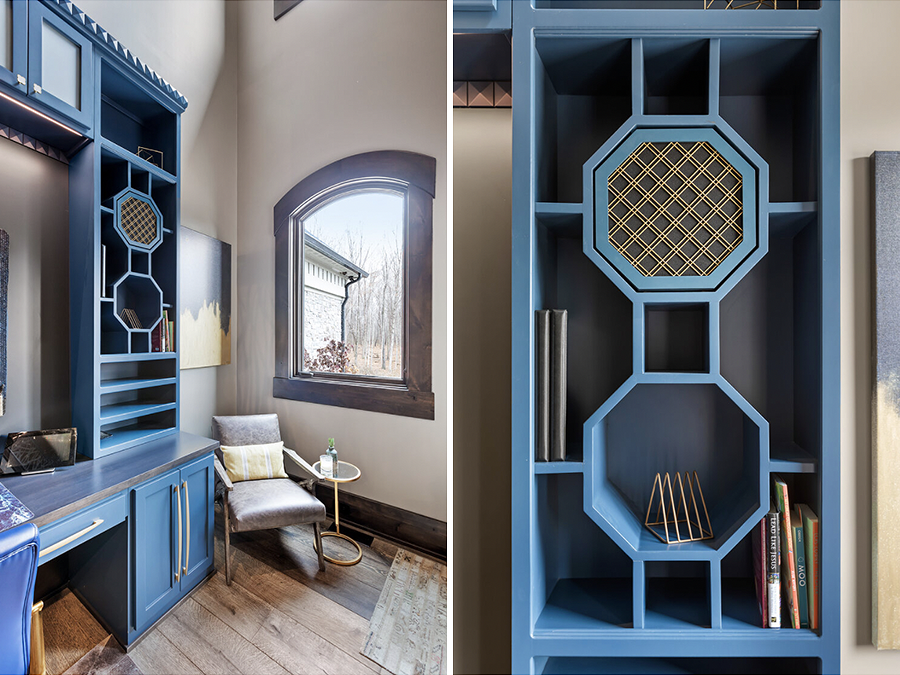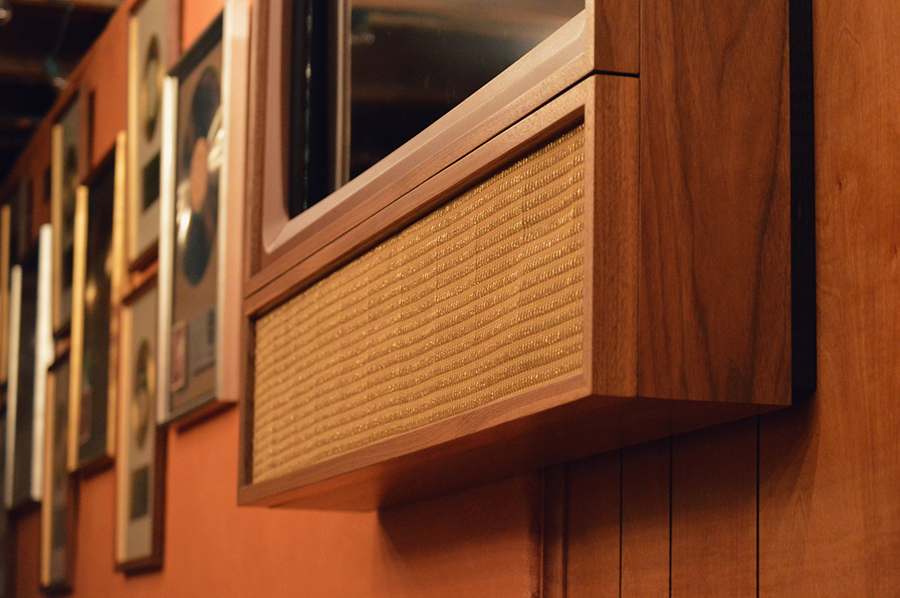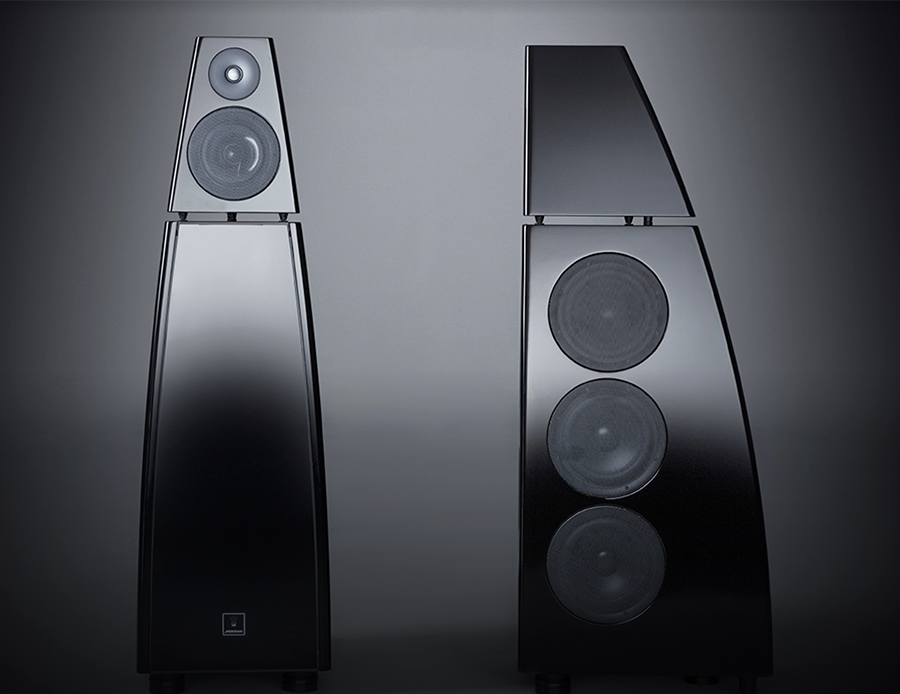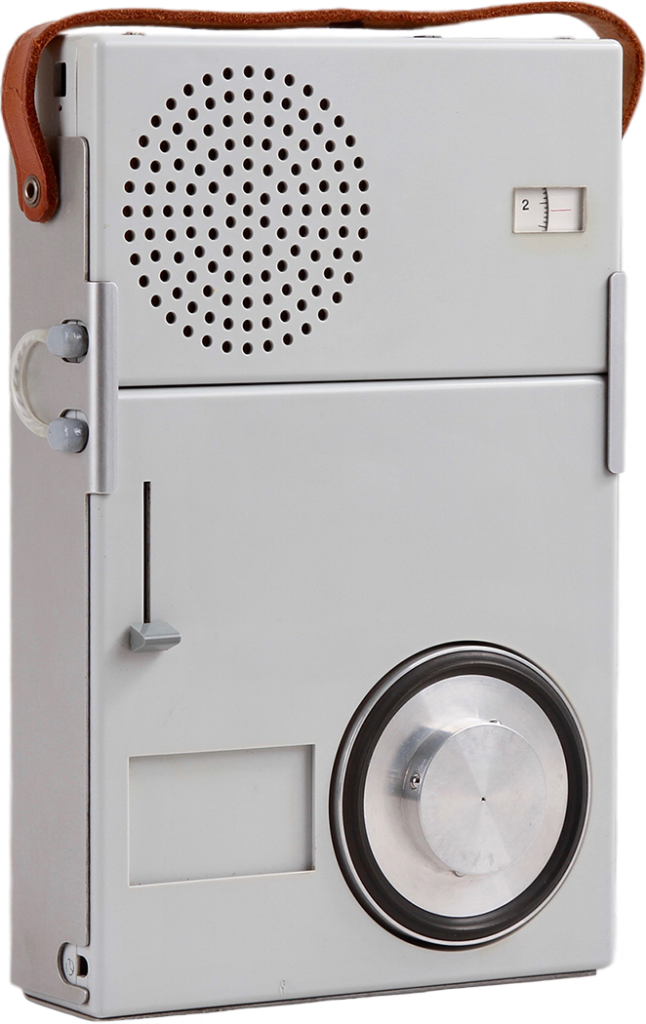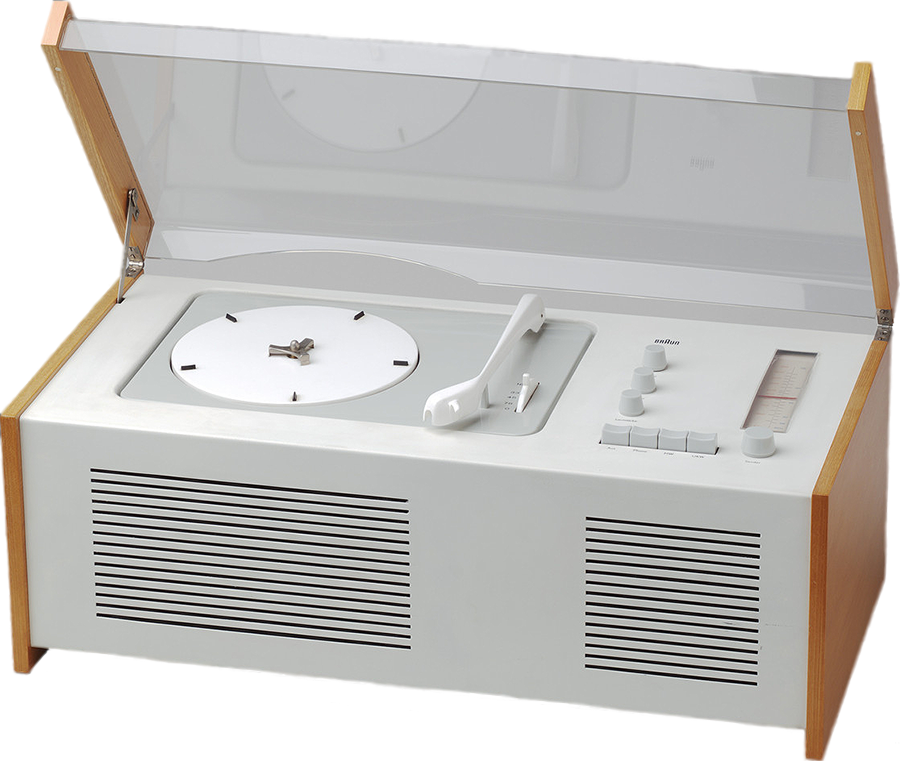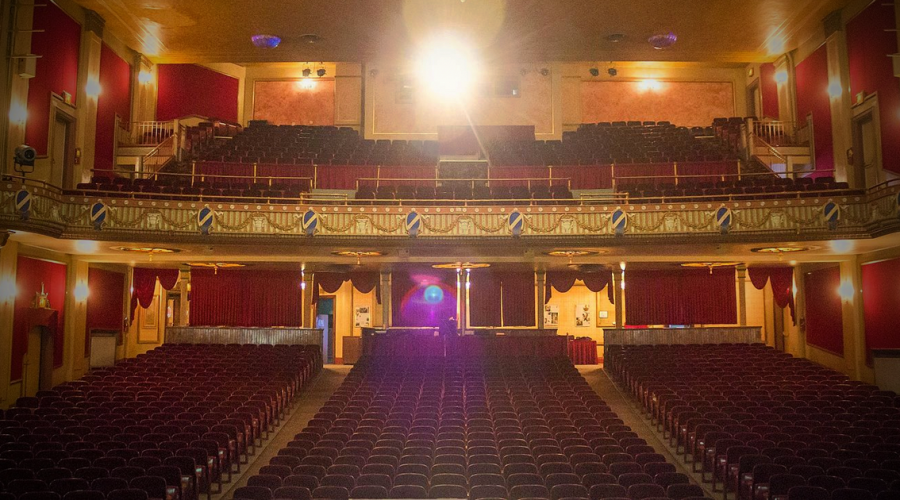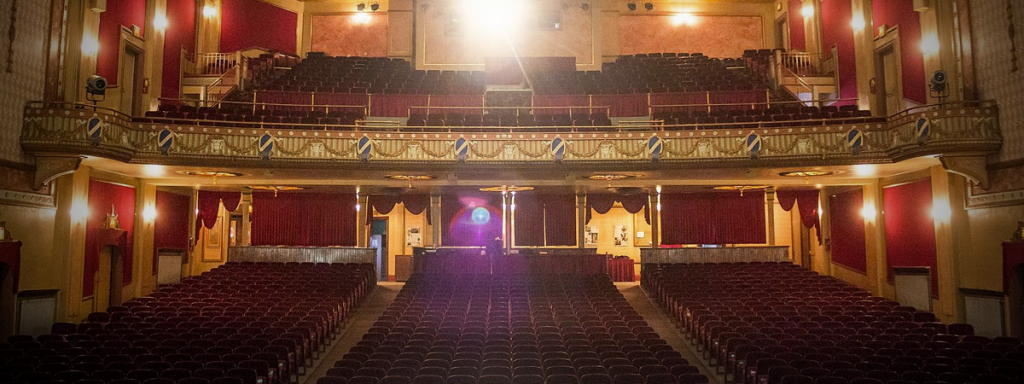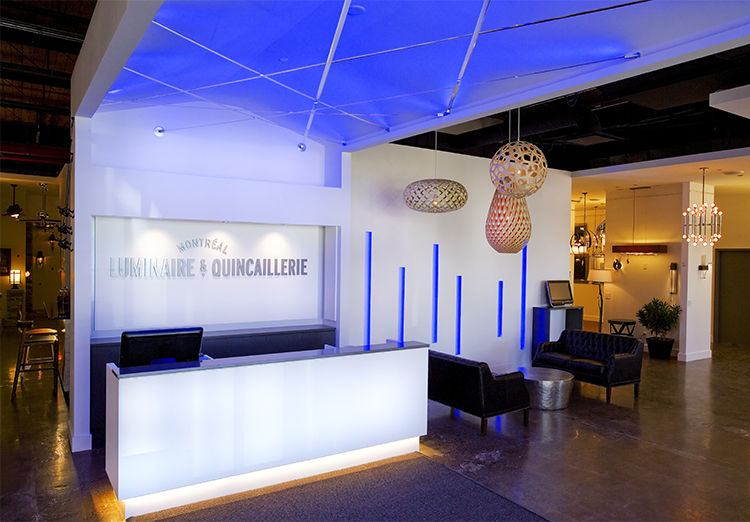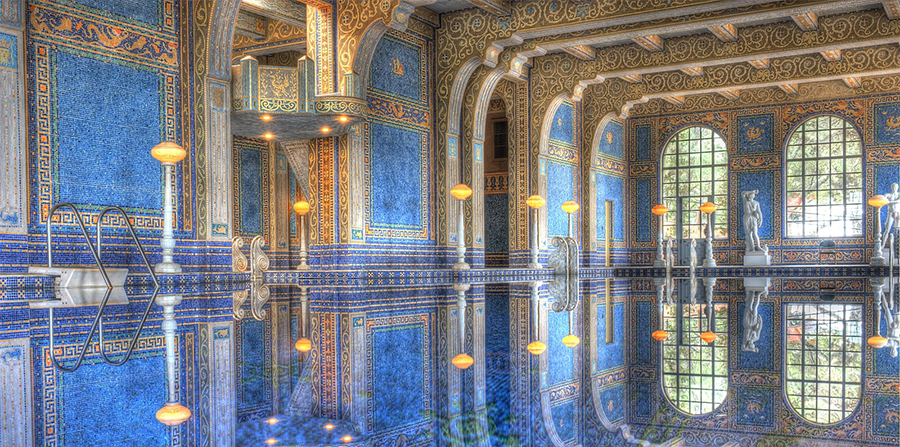Luxury Made Easy
A prefabricated premium theater that not only met but exceeded the client’s high expectations
by Michael Gaughn
December 19, 2019
Legendary designer Theo Kalomirakis not only created the concept of home theater but has been the standard-bearer for luxury home cinema for his entire career. His two best-selling coffeetable books—Private Theaters and Great Escapes—are filled with lavish theaters created in every imaginable style.
Seeing the interest in dedicated theater rooms decline over the past few years, Theo has helped form Rayva, a company devoted to dramatically simplifying the process of designing, engineering, and installing high-end theaters. Rayva recently completed a signature installation in Westchester County, north of New York City, that’s meant to show that the company’s streamlined approach to theater design can yield a luxury result.
I talked to Theo about some of the challenges and triumphs of creating this strikingly contemporary space.
Did this begin as a Rayva theater?
No. The client saw a custom theater I had designed for a friend of his and said, “Let’s do something similar for my house.” I told him, “We can come up with something based on one of the designs we’re developing for Rayva. I think there is one that would fit your house very well.”
The room was above the garage, in a new space, and it was ready for the theater. But it was perforated with windows on three sides. So I said, “It’s not good to put a home theater in a room with windows. The light creates a problem, and, more importantly, the sound will bounce off the glass.” He said, “I don’t mind if you want to cover the windows. It’s the garage. We don’t need to touch them from the outside. You can close them from inside.”
That was an interesting challenge. I wanted to cover the windows, but I wanted the client to still be able to have access to them. So, the windows dictated the design. And because Rayva panels are in increments of four feet, I could place one in front of a window and have it removable if access was needed.
I felt very vindicated that this process we’ve developed allows even difficult rooms to become theaters, because you don’t have to touch the structural elements in the room or the engineering elements. And, because of the flexibility of our design elements, we can deal with difficult design challenges.
What did the client tell you were his expectations for the room?
He just wanted to have a great theater. He said, “Cost is not the issue. I just would like to have the best technology, the best design, the best seats.” I shared with him brochures with Cineak seating. And, sure enough, he selected one of the best-looking seats and picked the softest, more plush leather, which is what he got.
And then we selected the carpet. Usually that happens at the end of the design process and the clients are overwhelmed with all the expenses of equipment and woodwork and everything. So, I automatically suggested just a plain grey industrial-quality nylon carpet that in a room like that would cost, at most, five, six thousand dollars. But I also showed him something that was plusher, like wool. He immediately went with the wool. He said, “Listen—I’m not going to use a nylon carpet. I spent so much money on the theater, I want the carpet to match the quality of the rest.”
I was trying to protect his budget, but clients who know what they want are different from ones who do things just because they want to save a penny here and a penny there. With such clients, I respect the focus on the ultimate quality rather than focusing on sticking to a certain budget.
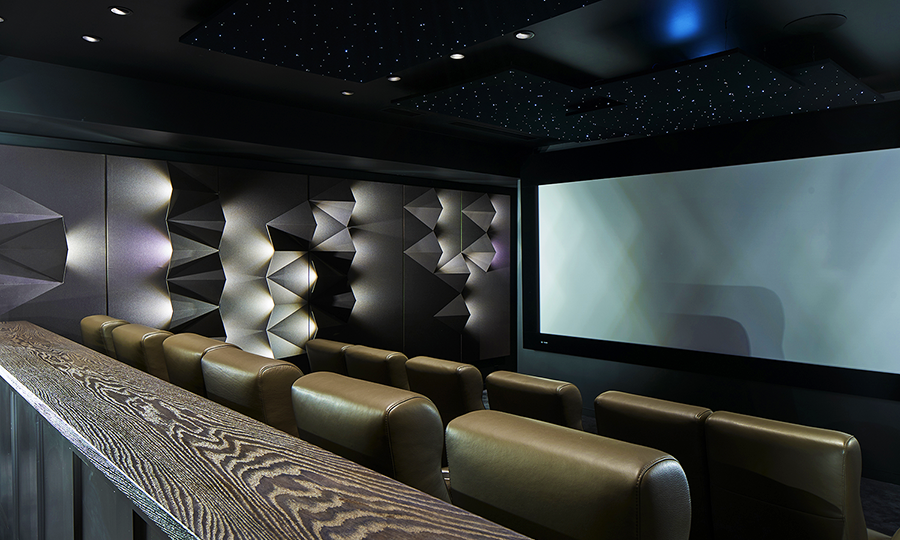
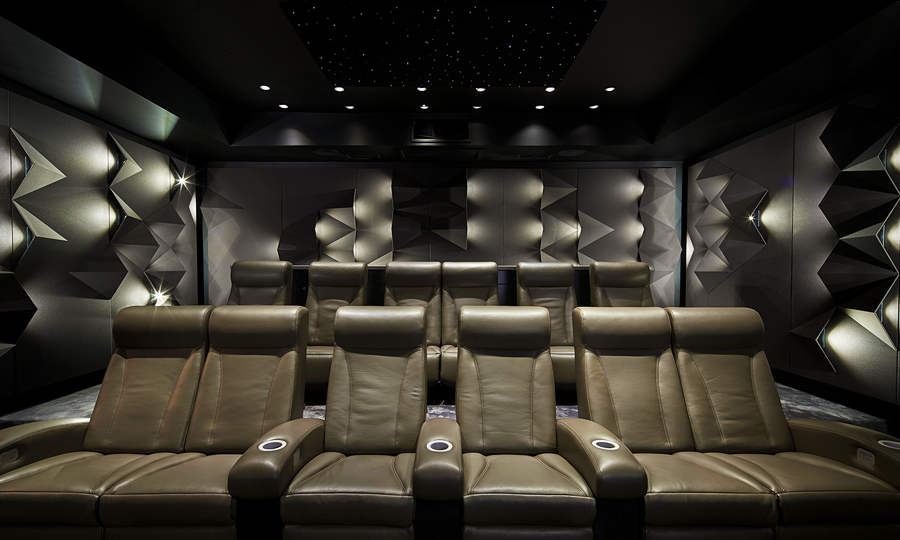
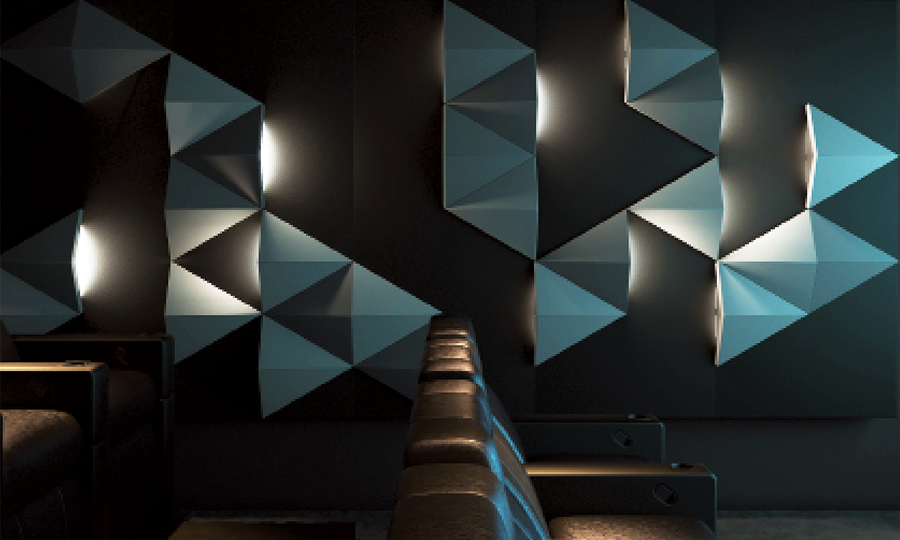
Sign up for our monthly newsletter
to stay up to date on Cineluxe
What was the installation process like?
Rayva doesn’t do the actual installation, so when we started the project, we reached out to Nick Di Clemente from Elevated Integration. When Nick introduced himself to the client, he found out the client had additional needs. This was a newly renovated home and he needed whole-house audio as well. So Nick got the contract for the rest of the house, which he was very happy about.
What, for you, are some of the highlights of this space?
The client selected our Origami design. The good thing about the triangles of this design is that they allow flexibility of placement. We were able to use Wisdom Audio speakers—and there were lots of them and they’re big—without any conflicts with the room design.
This theater has a very different, outside-the-box design. In home theater, you expect to see columns and panels repeating themselves. You expect moldings that are gilded and wall panels that upholstered with brocade fabric. With Rayva, we tried to move away from that aesthetic because we wanted to change the perception of what a home theater can look like.
That’s why we bring in artists and architects that aren’t related to home theater to create the Rayva designs. With our guidance, their visions can be turned it into something that’s functional and can work with a variety of room sizes.
Also, this theater is designed with wall-to-wall acoustical treatments specified by Steve Haas’s company SH Acoustics. Steve worked hard to get the best possible distribution of acoustical treatments within the limitations of the design. When the theater was finished, he spent two days calibrating the Wisdom Audio speakers to the room specifications and made the theater sound unbelievable.
What was the client’s reaction when he saw the finished theater?
The client is very happy. He told me his kids practically live in that space.
Was there anything else you wanted to mention?
I want to tell you something—we put pictures of the theater on Houzz, where we can monitor which ones resonate with end-users. And we were surprised to find out that we got a lot of likes for the interior but got more likes for the marquee outside. Go figure! I didn’t take that as an insult but as an indication that people still relate to having a marquee outside a home theater. So, we will be creating a marquee as a Rayva product and will make it available as an accessory.
Michael Gaughn—The Absolute Sound, The Perfect Vision, Wideband, Stereo Review, Sound & Vision, The Rayva Roundtable, marketing, product design, some theater designs, a couple TV shows, some commercials, and now this.
© 2023 Cineluxe LLC
